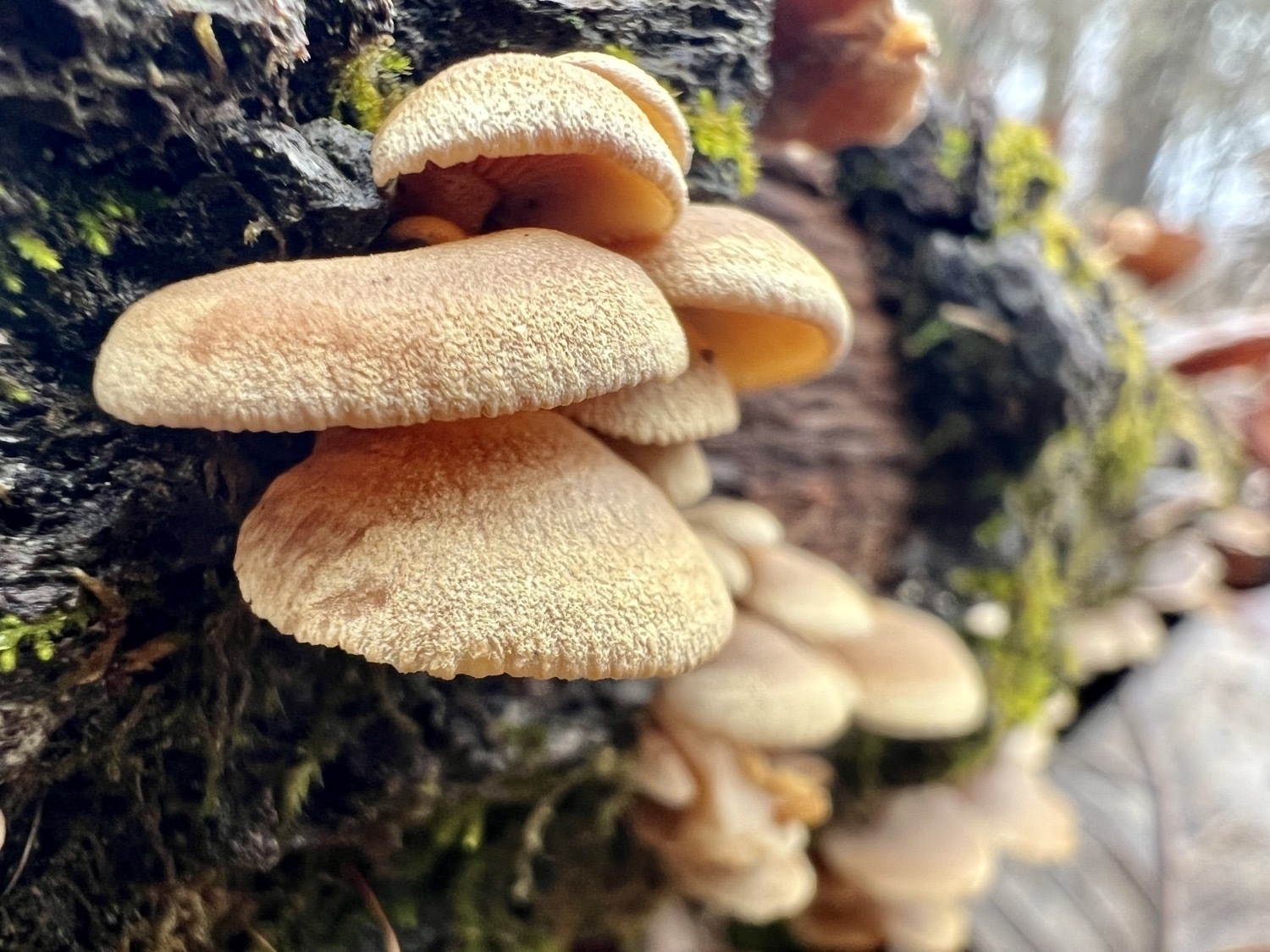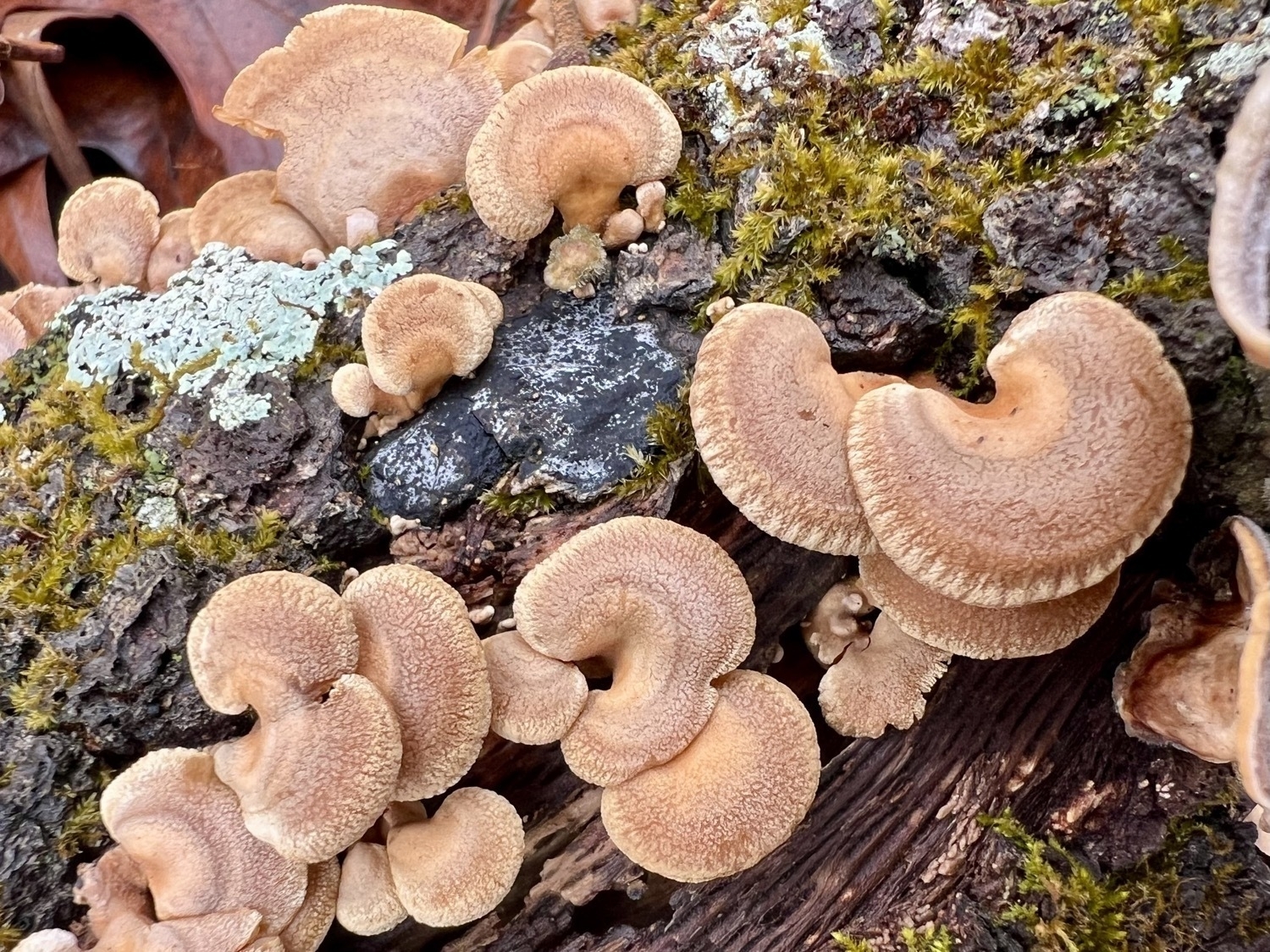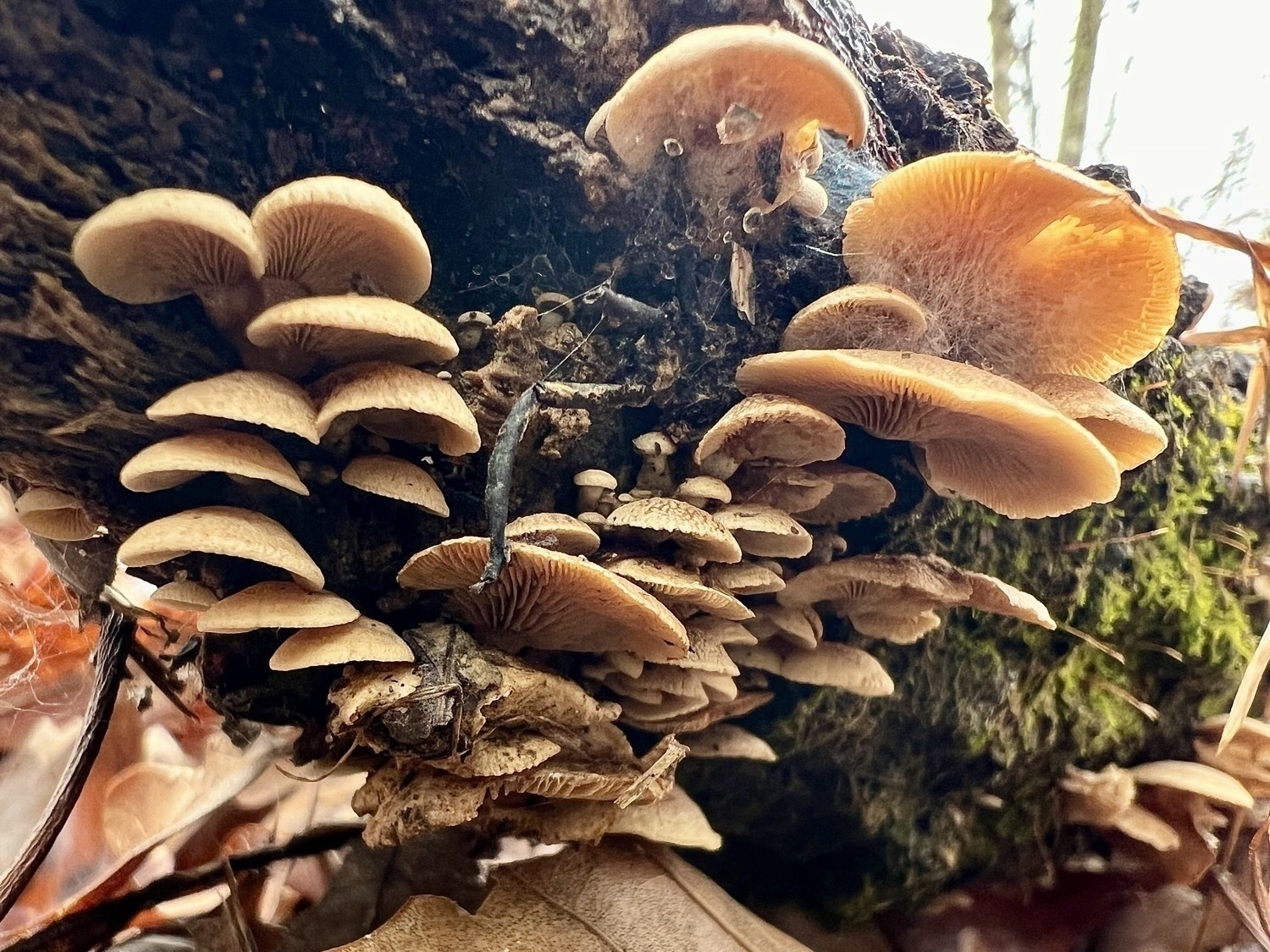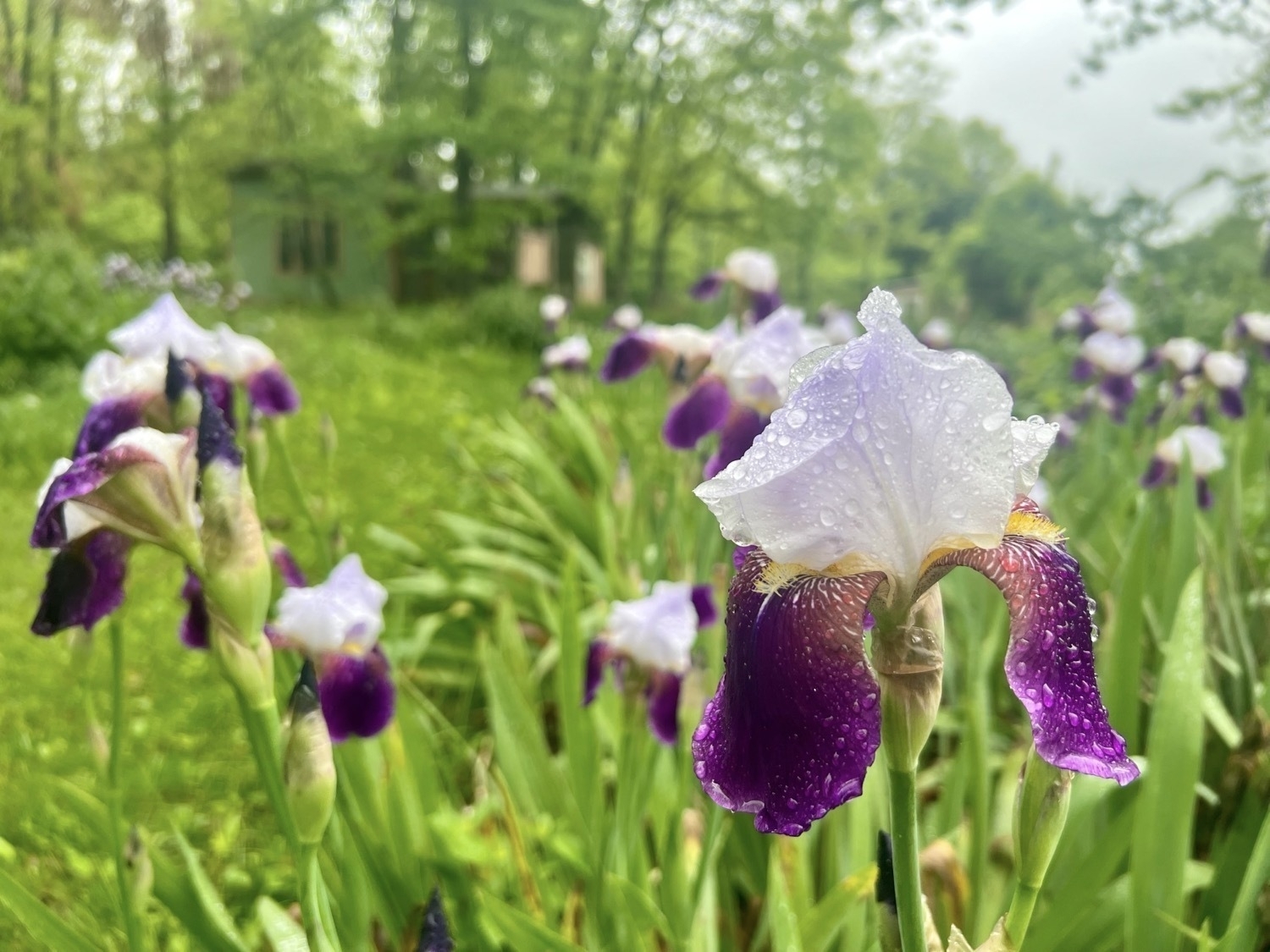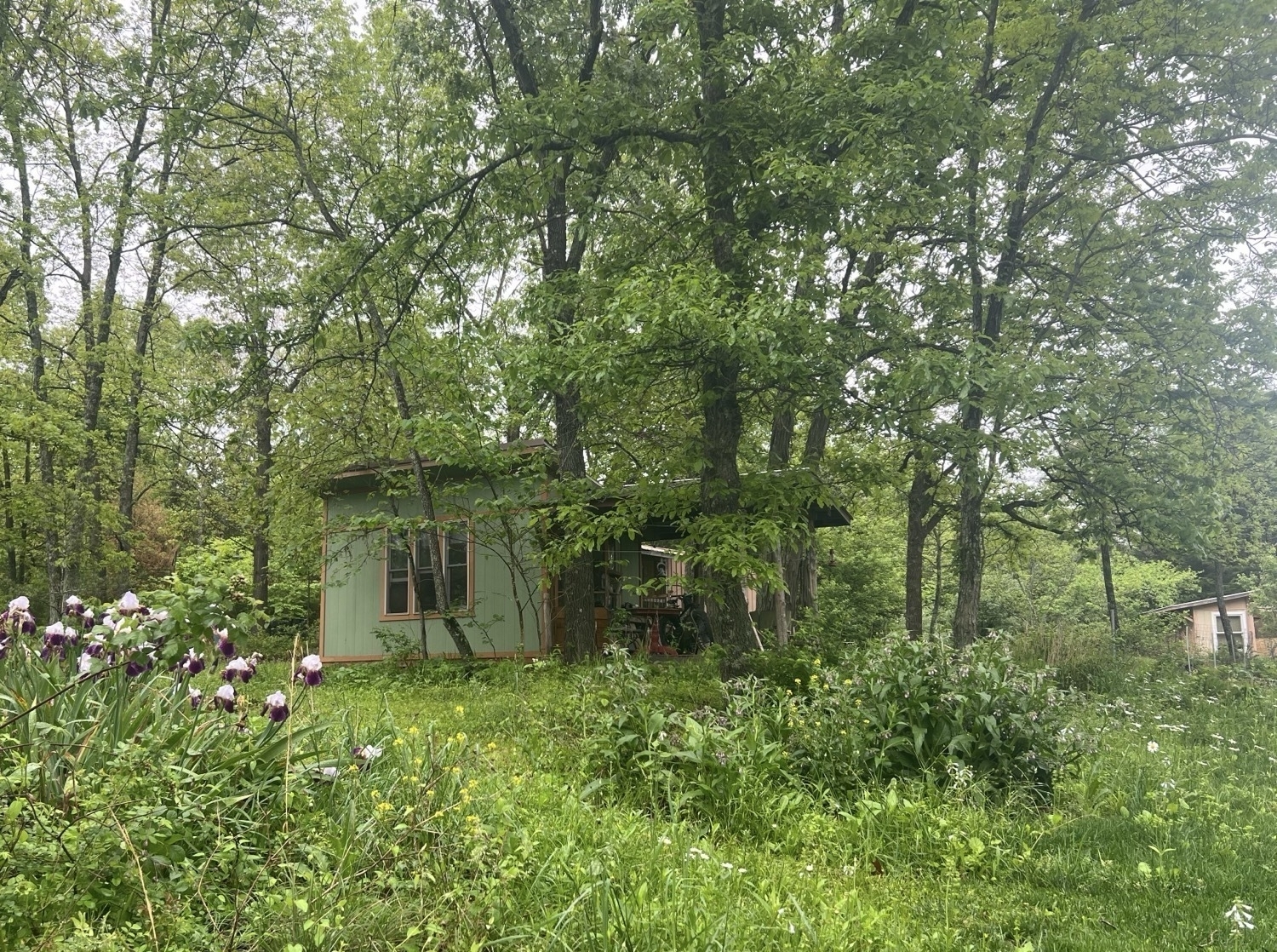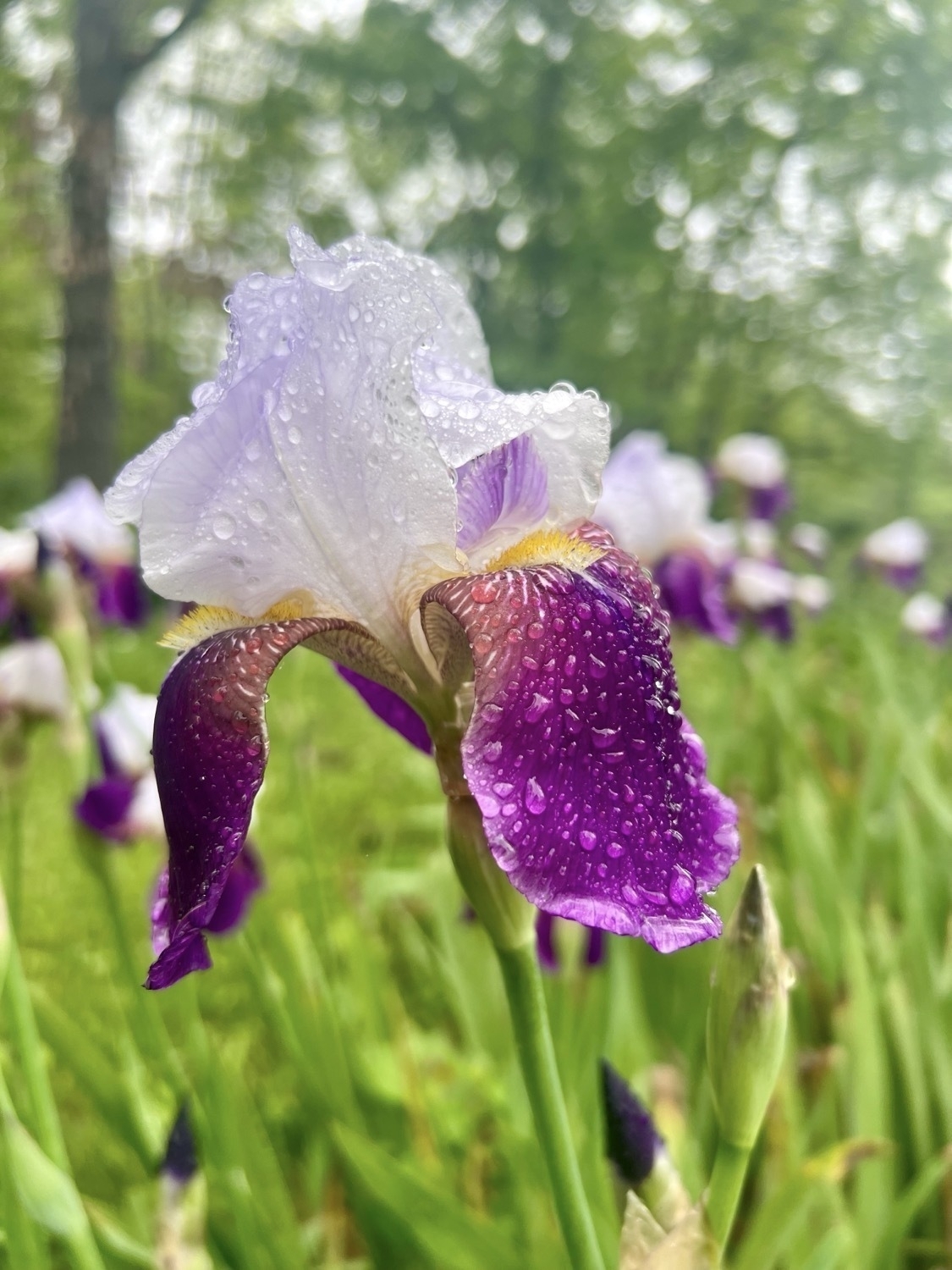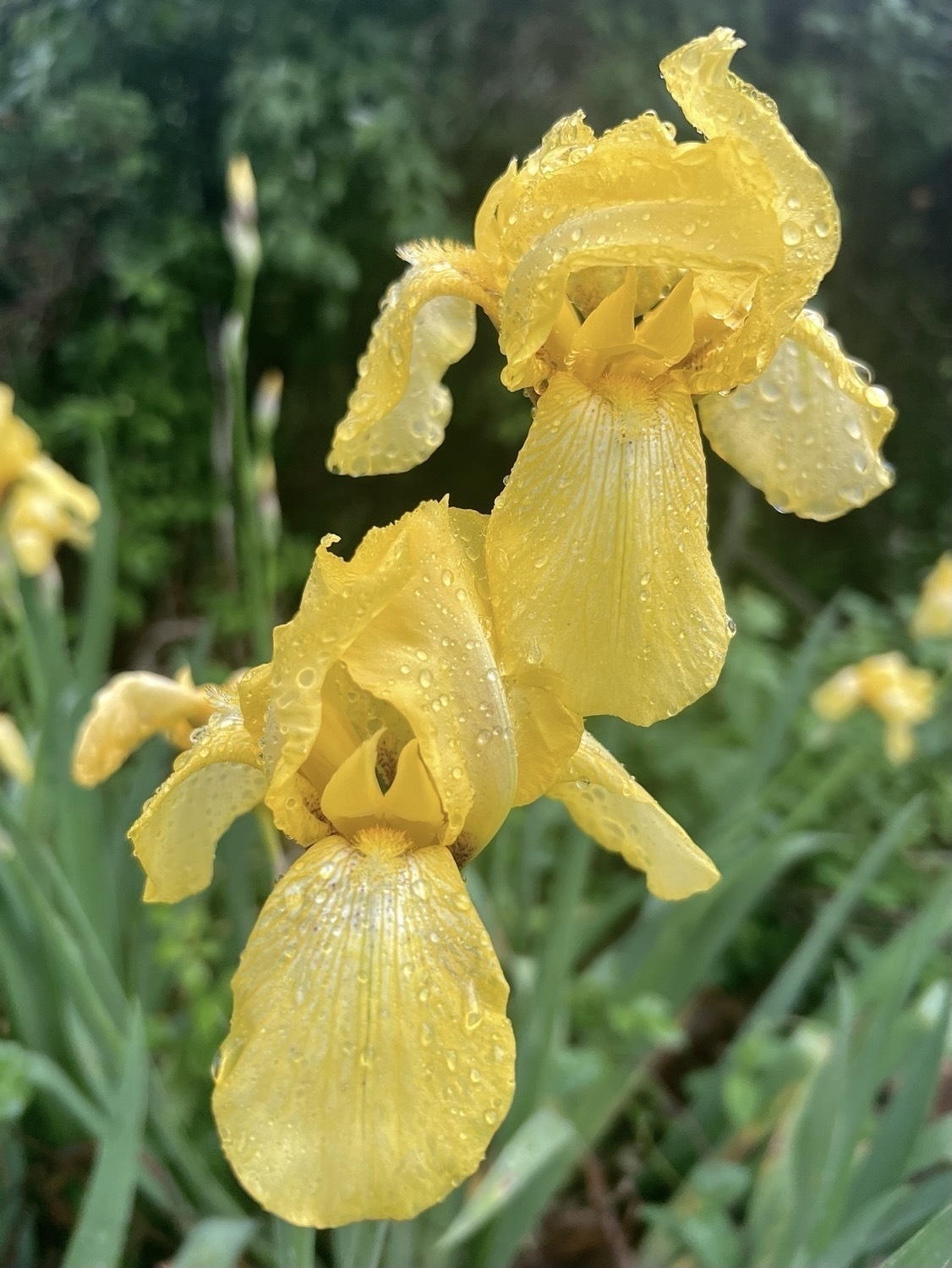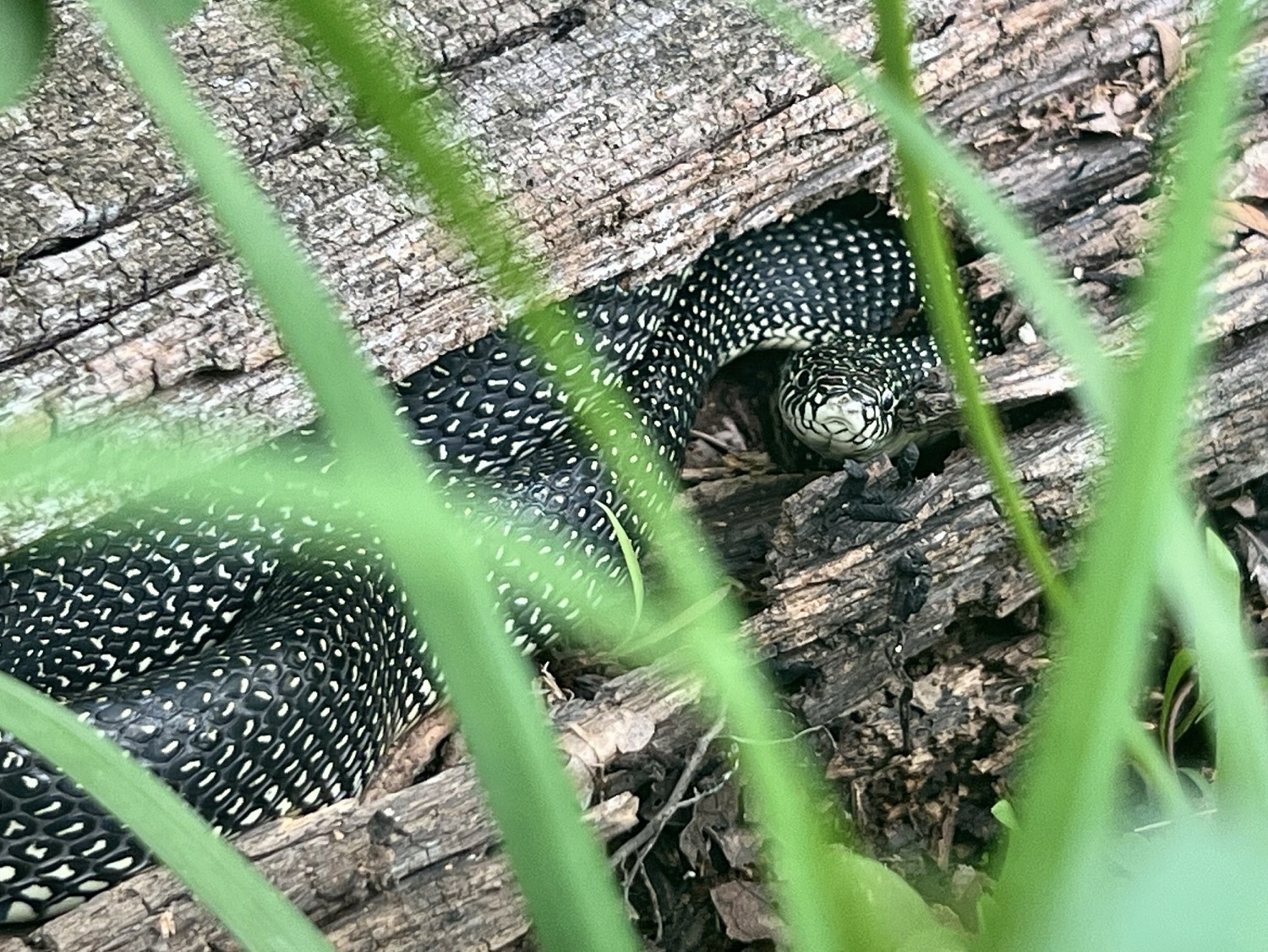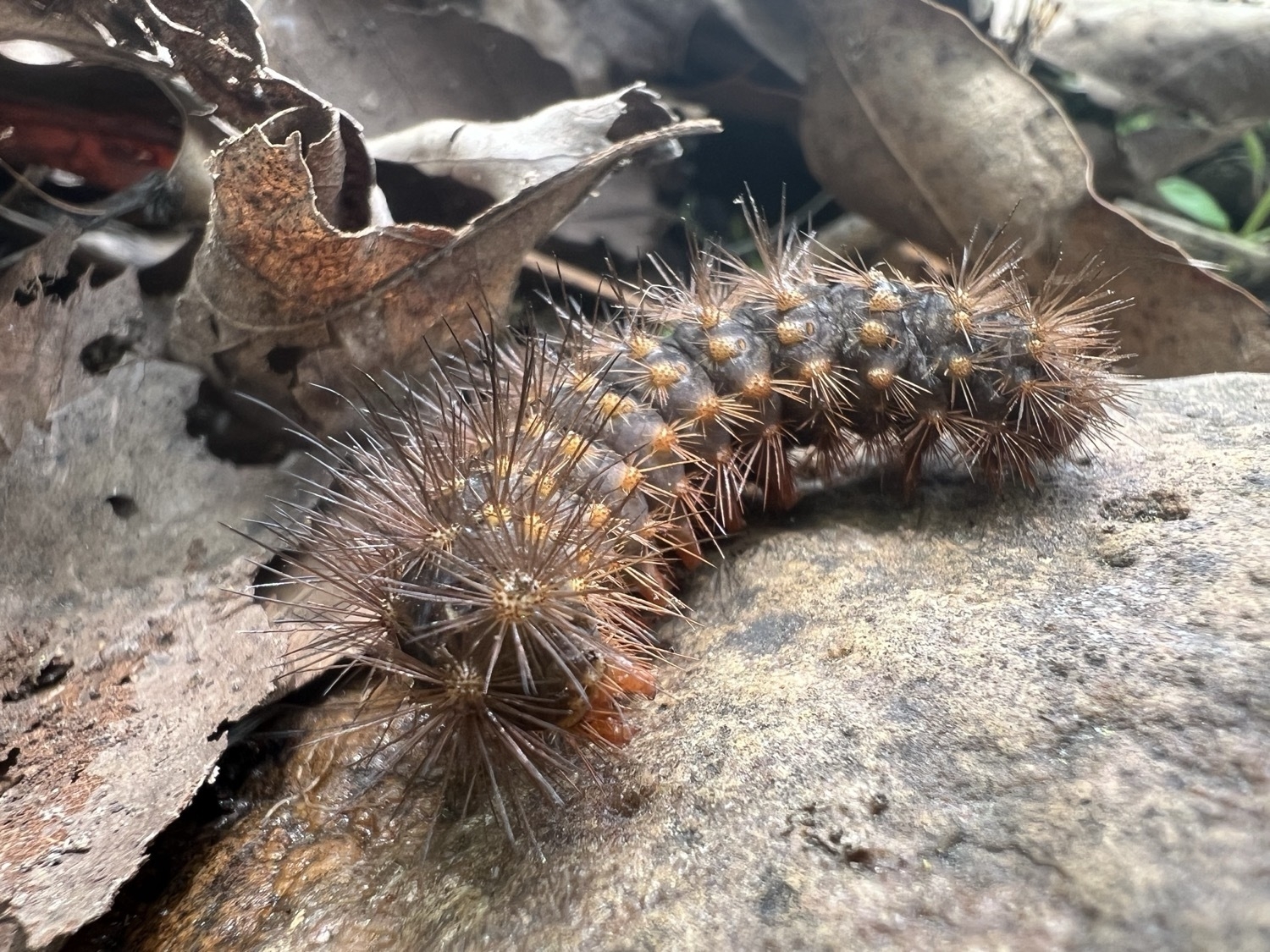Nature
The plump seed heads of a grass meadow and a dew covered daisy were bathed in sunlight along my walk today. Soundtrack provided by Wood Thrush, Yellow-throated Vireo, Northern Paula, White-eyed Vireo, Ovenbird and some bull frogs!
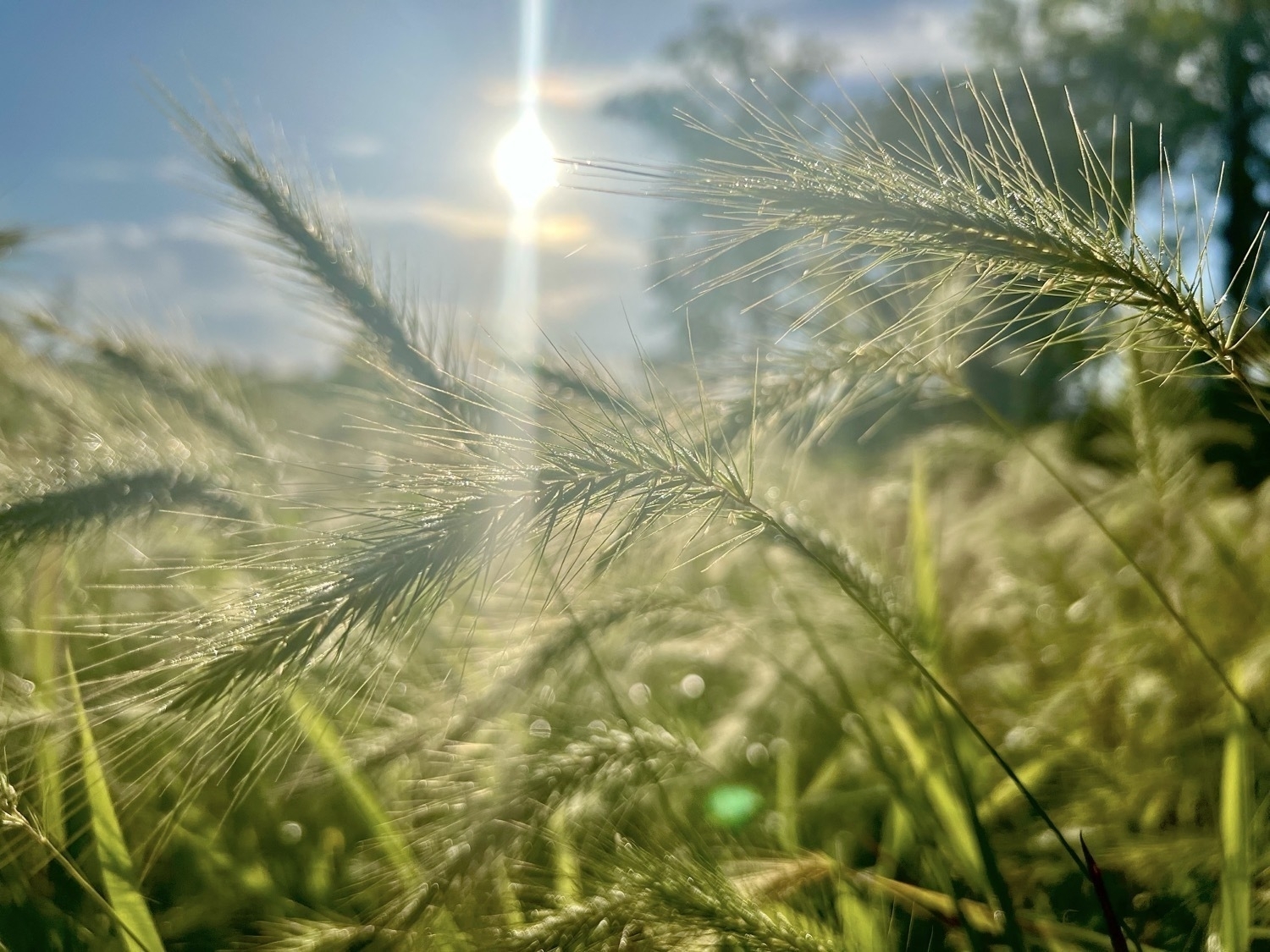
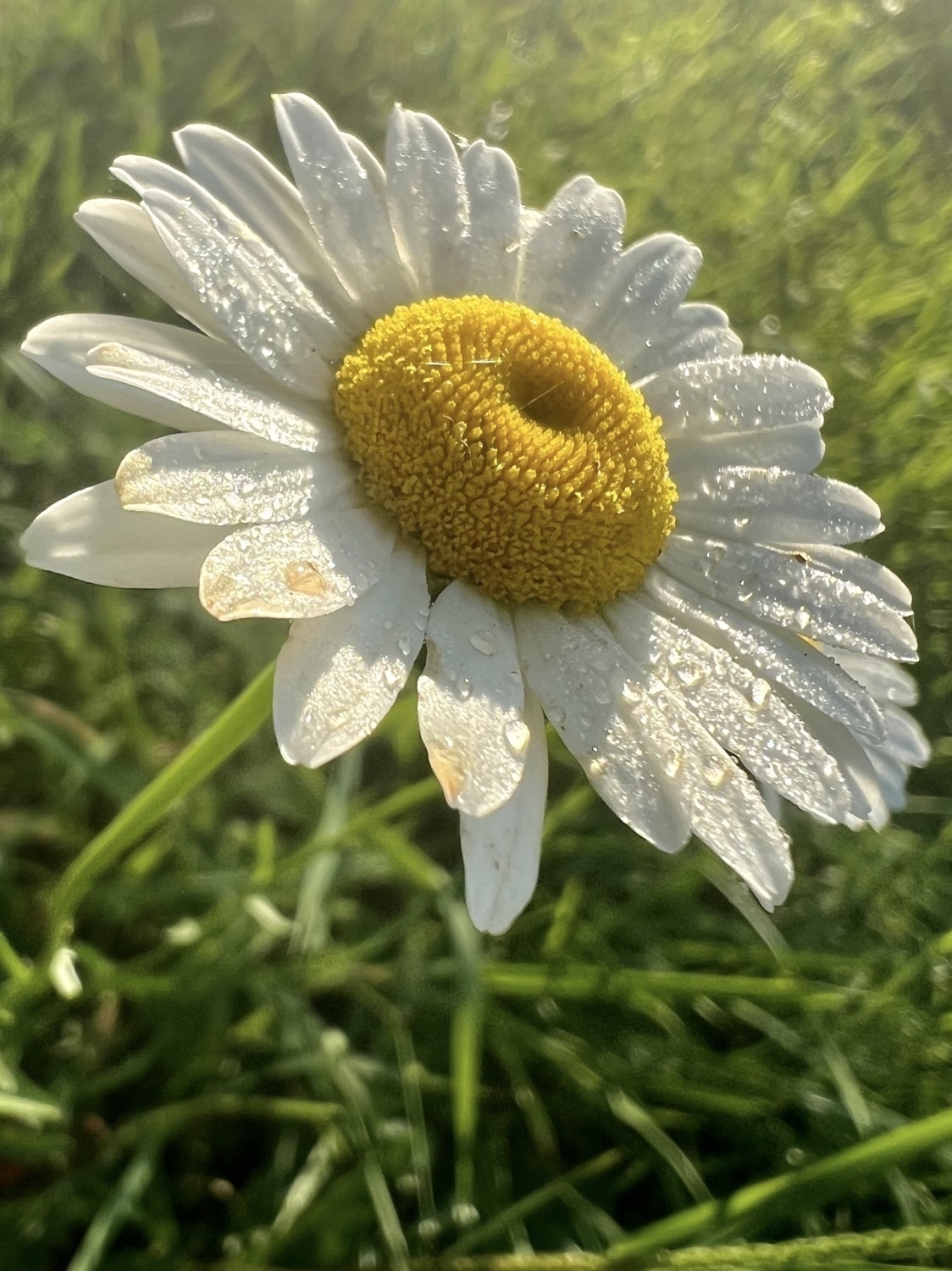
The sights and sounds of a morning walk. Birds songs identified as: Red-eyed Vireo, Northern Parula, White-eyed Vireo, Northern Cardinal, Yellow-breasted Chat and Acadian Flycatcher.
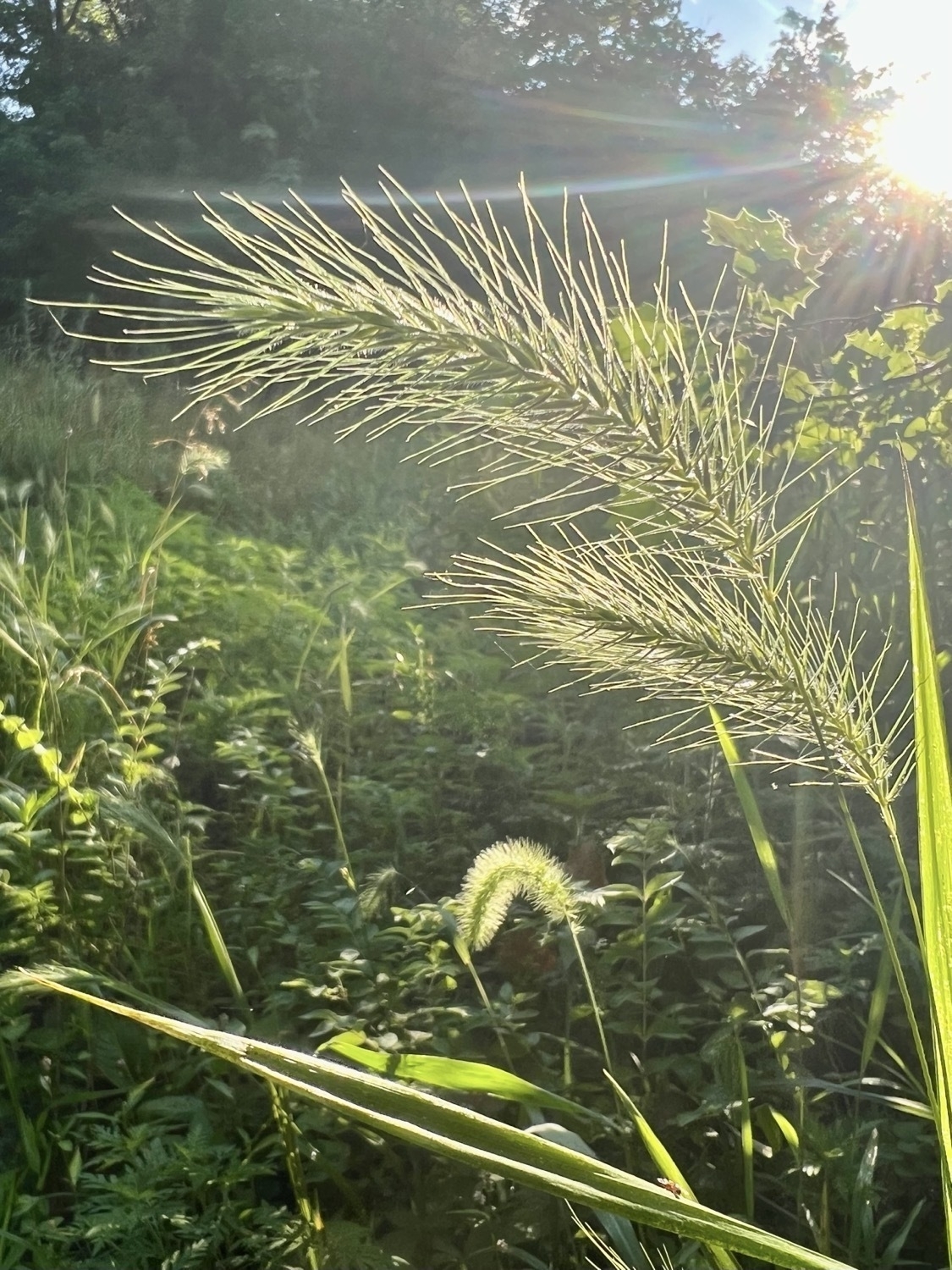

A beautiful yellow slime mold! I love the details of the little ruffles and the threads attaching to the leaves.
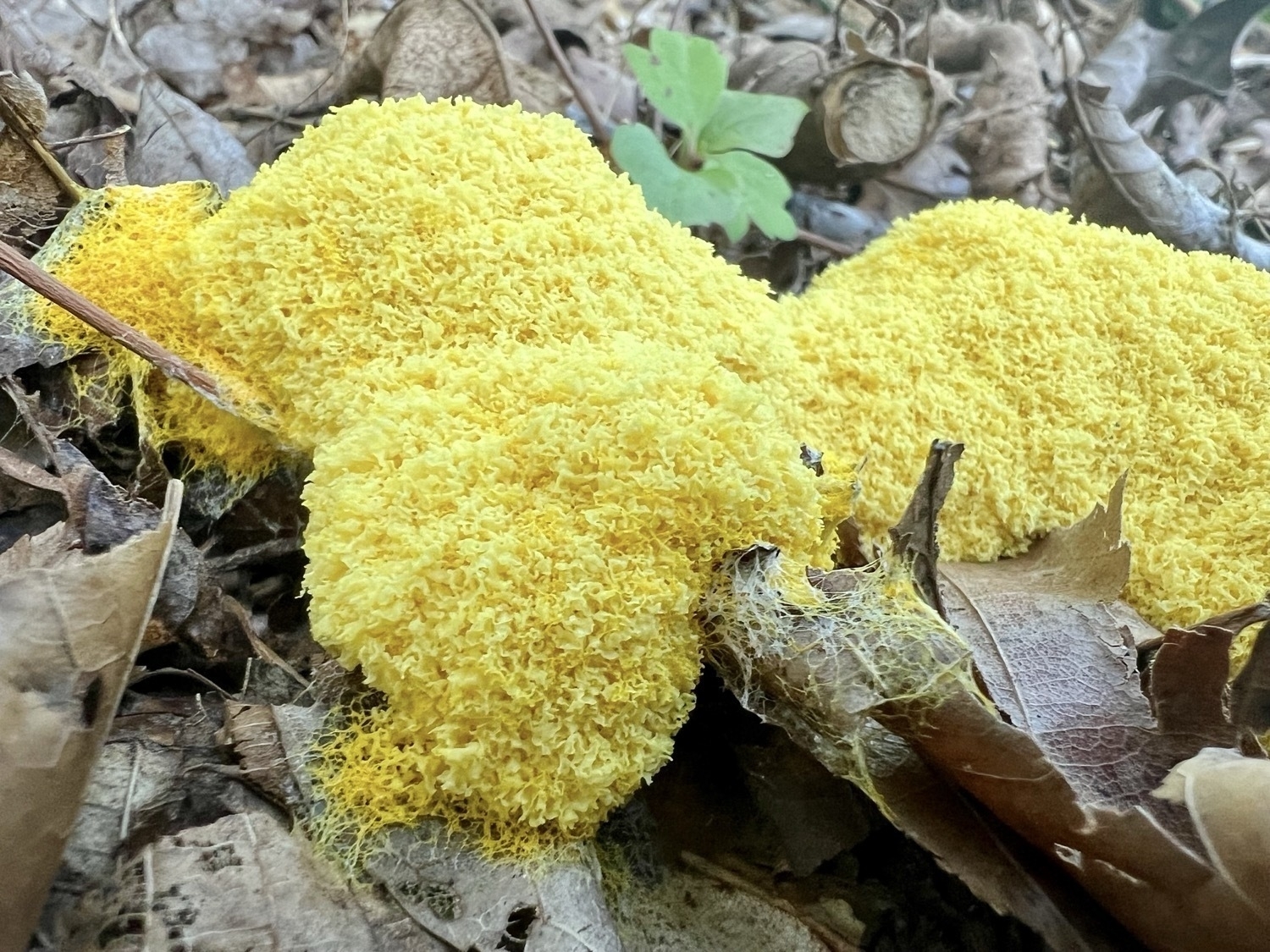
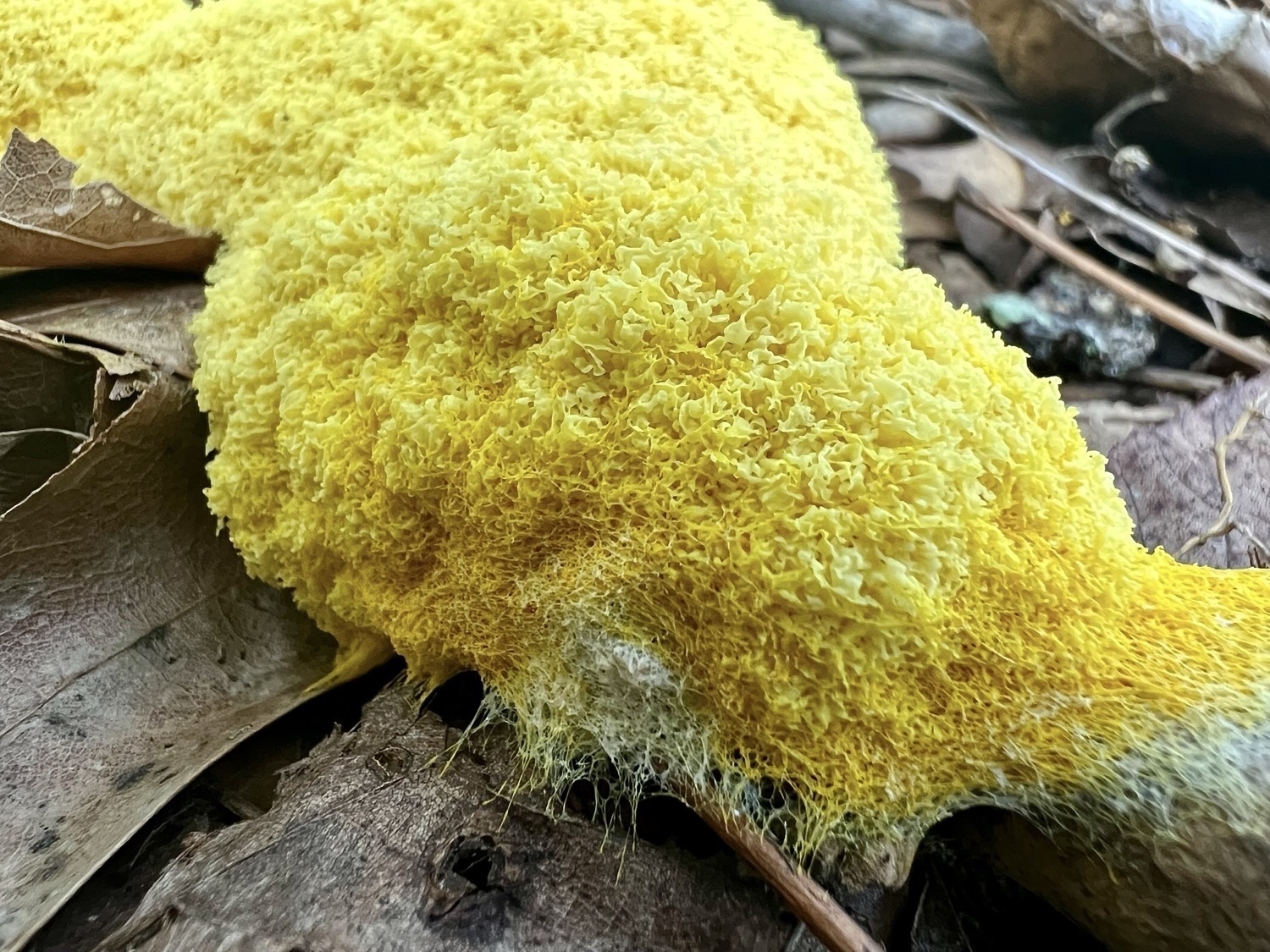
Nature’s Oldest Mandolin: The Poetic Science of How Cicadas Sing – The Marginalian
“The use of music,” Richard Powers wrote, “is to remind us how short a time we have a body” — a truth nowhere more bittersweet than in the creature whose body is the oldest unchanged musical instrument on Earth: a tiny mandolin silent for most of its existence, then sonorous with a fleeting symphony of life before the final silence.
Cicadas 2024: Brood XIX and XIII will impact our ecosystems for years to come - Vox
While the insect explosion will be brief, it will shape forests for years to come. The binge-fest that birds enjoy during these periods supersize their families and, in turn, shift the eating and hunting patterns of many other species. These effects send ripples throughout the ecosystem. As one recent study put it, pulses of periodical cicadas can “rewire” entire forest food webs.
It has begun! I found this year's cicadas in my garden this morning. Magicicada septendecim, sometimes called the Pharaoh cicada or the 17-year locust, is native to Canada and the United States and is the largest and most northern species of periodical cicada with a 17-year lifecycle.
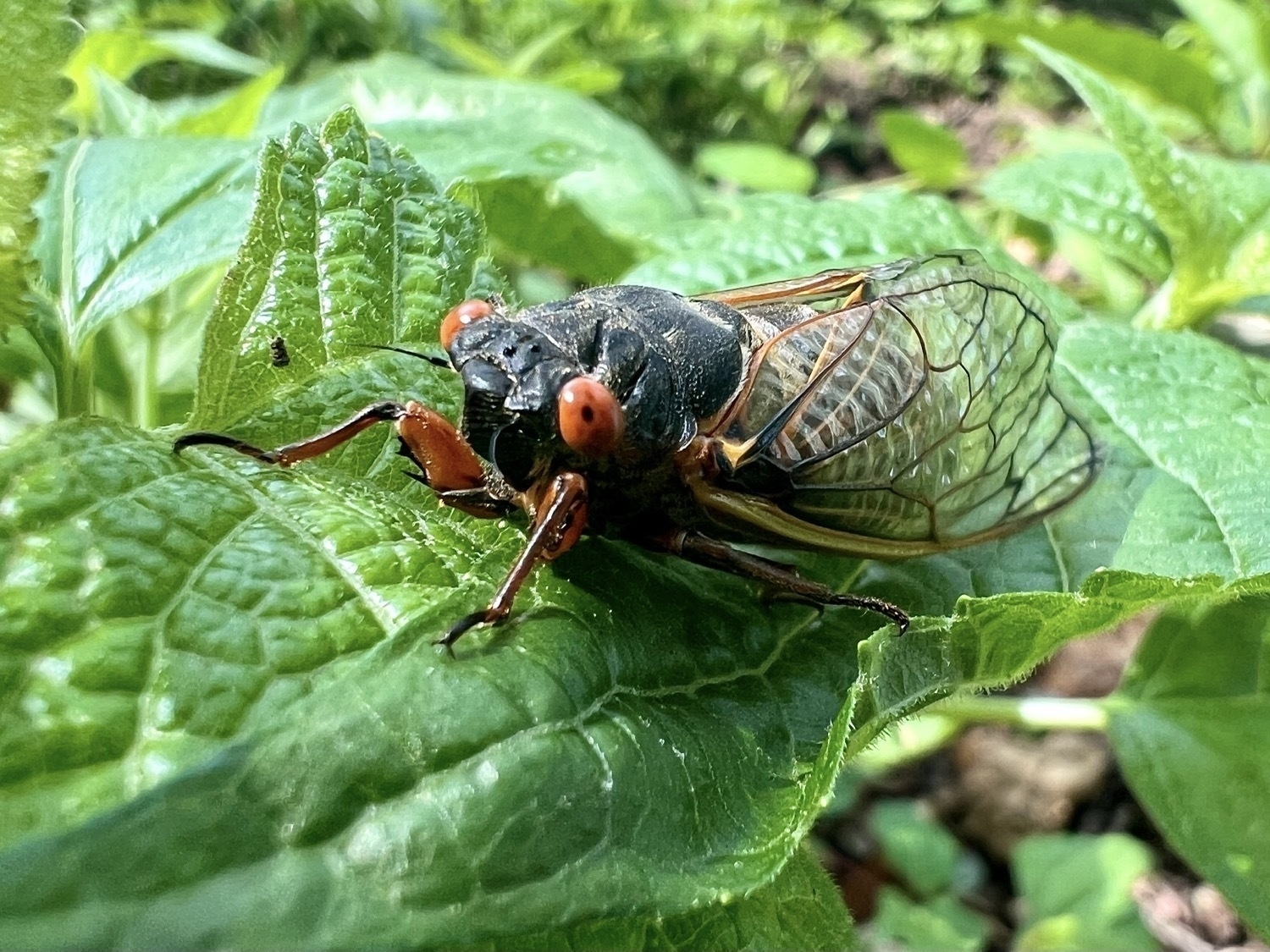
I never noticed that when magnified some of the Calyptra (oval ends of sporophytes) look a little bit like long sharp teeth!
A new-to-me moss, Plagiomnium cuspidatum. Very pretty with smooth, thin leaves.
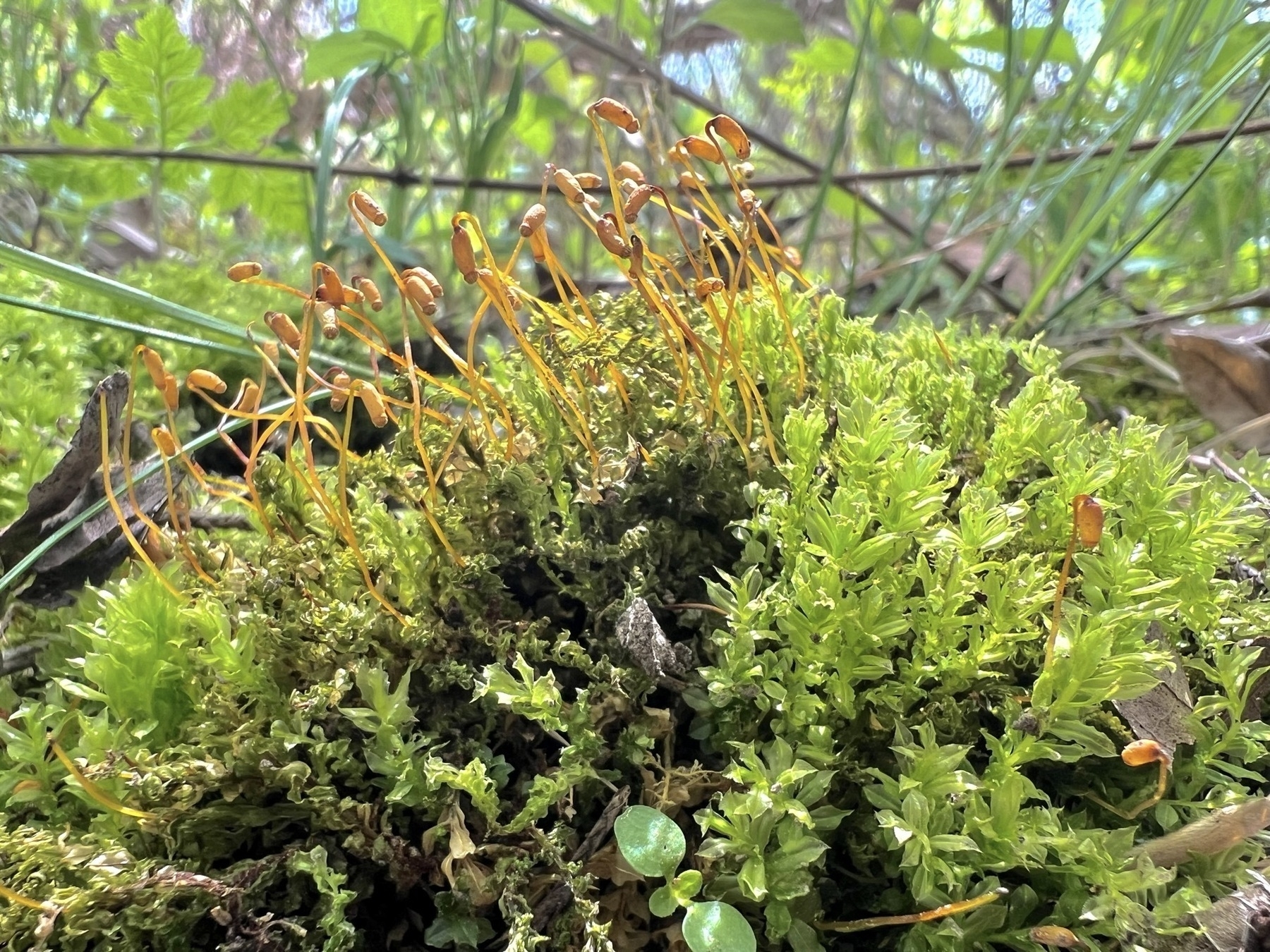

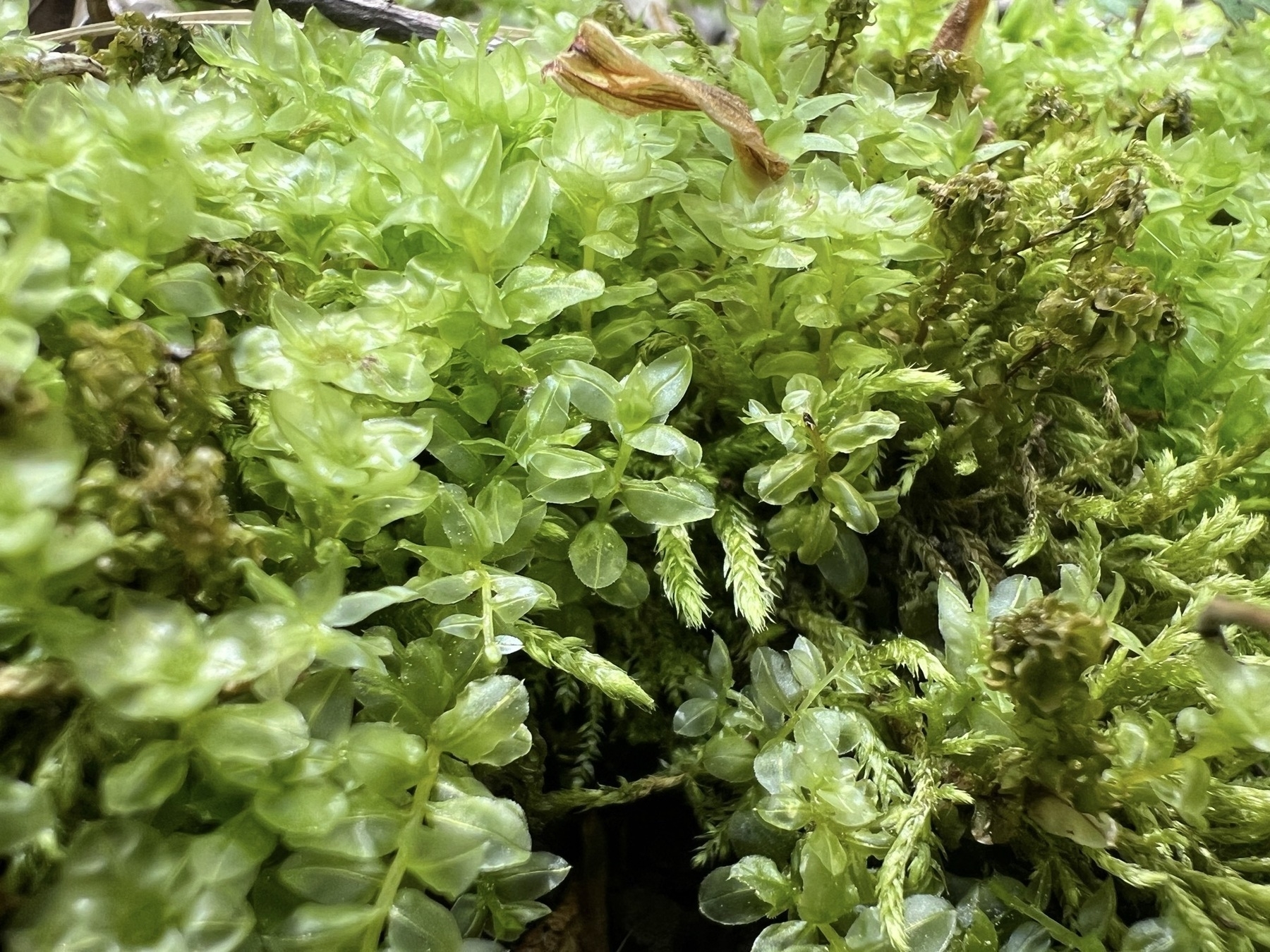
Seen on the trail today, a zebra swallowtail! Saw a red spot purple on the walk yesterday. And the small flowers are starting to pop up above the leaves.
Rue anemone
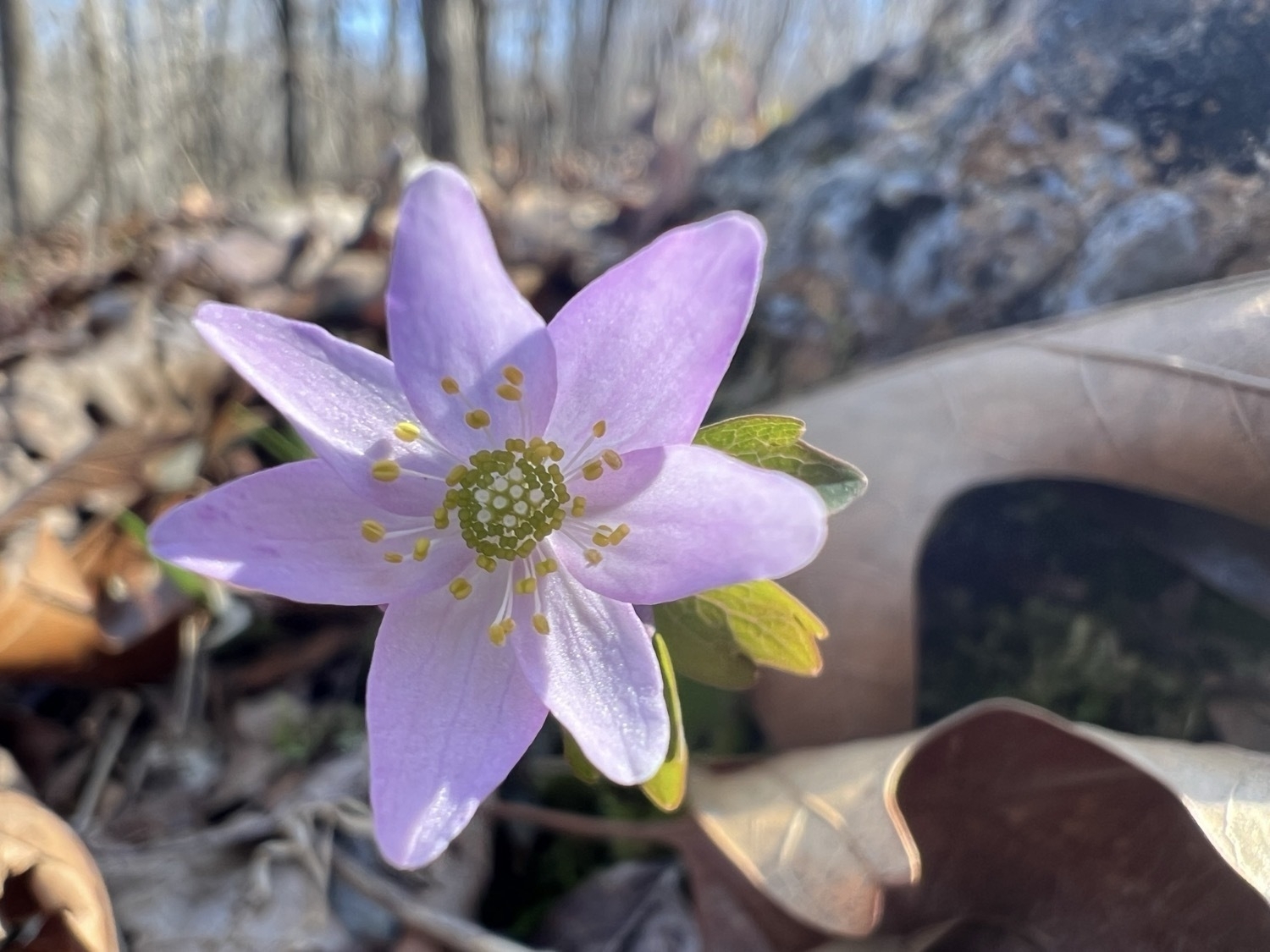
A perfect afternoon visiting the bees as they collected pollen from a flowering plum tree.
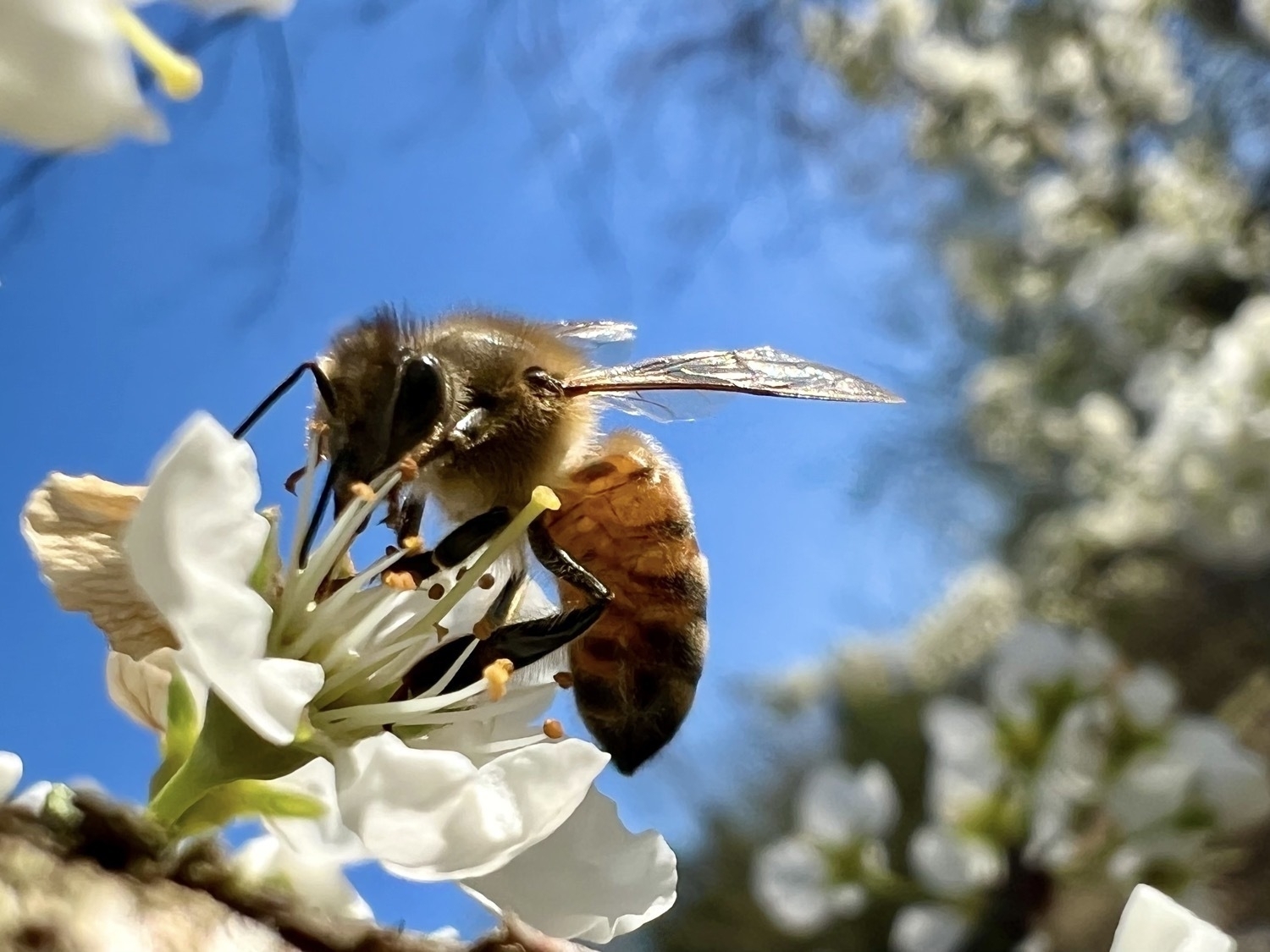
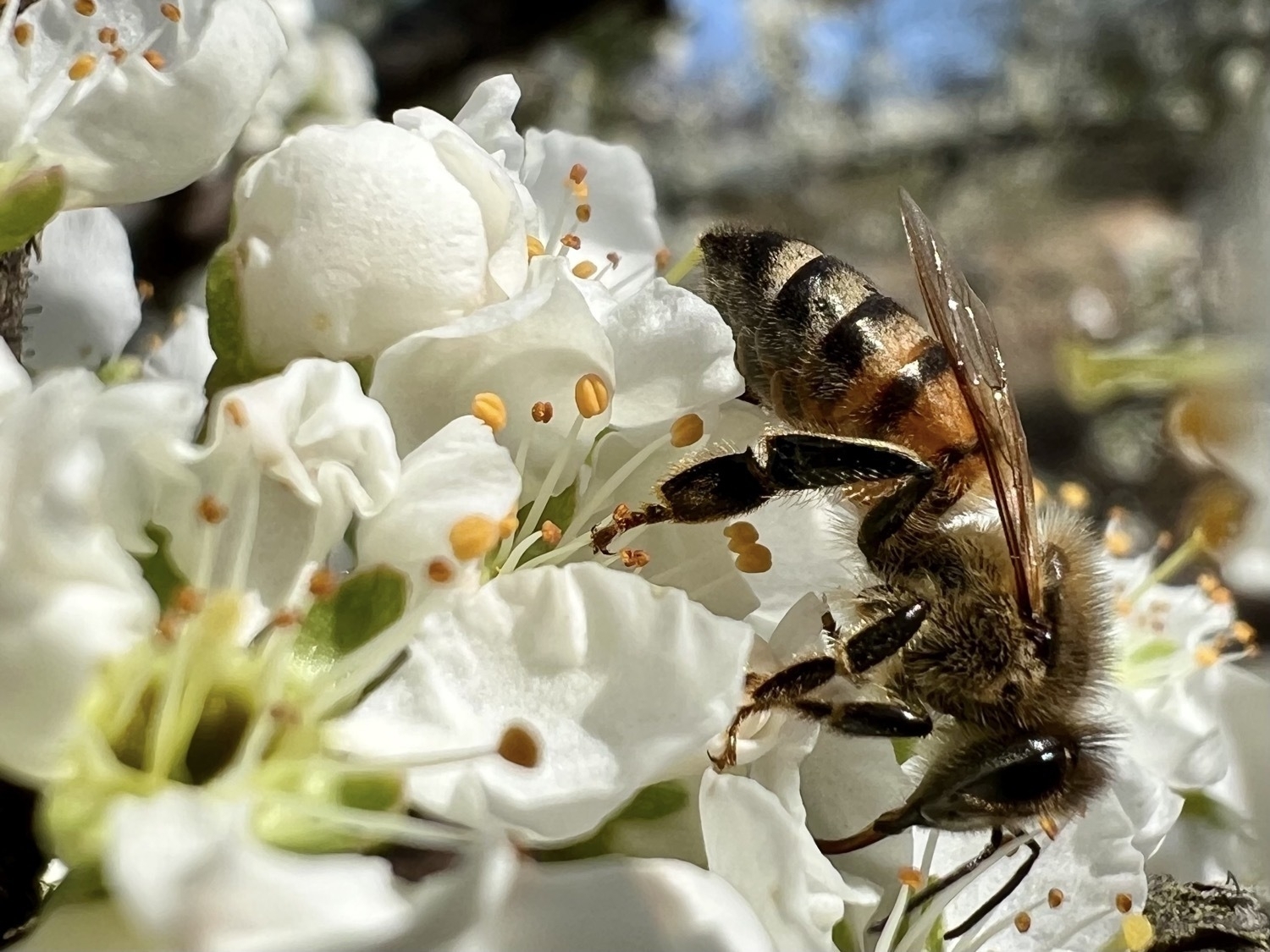

#nature #bees #spring #flowers
A variety of bees, flys and butterflies were busy pollinating the plum trees today - the western honey bees especially!
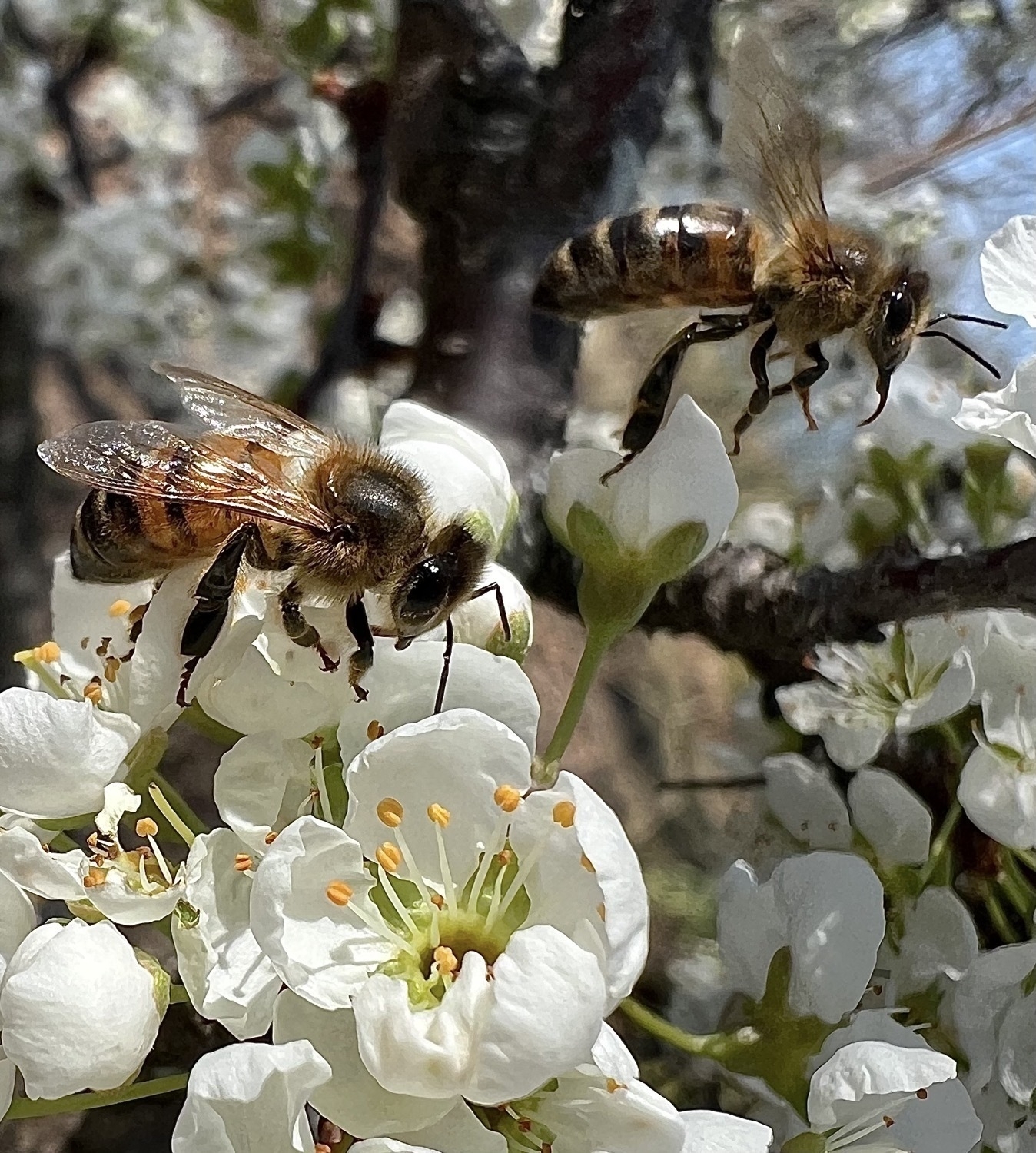
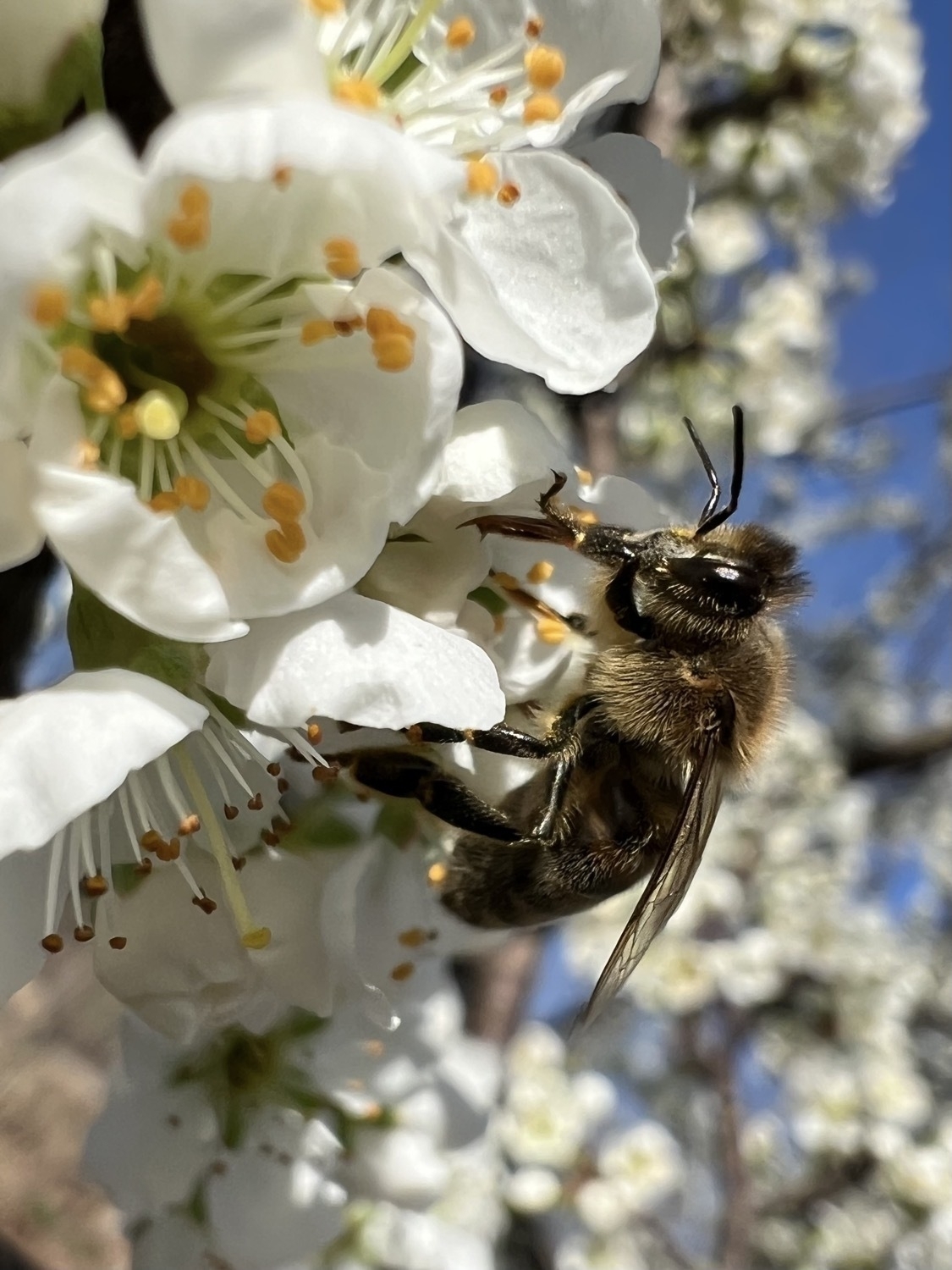
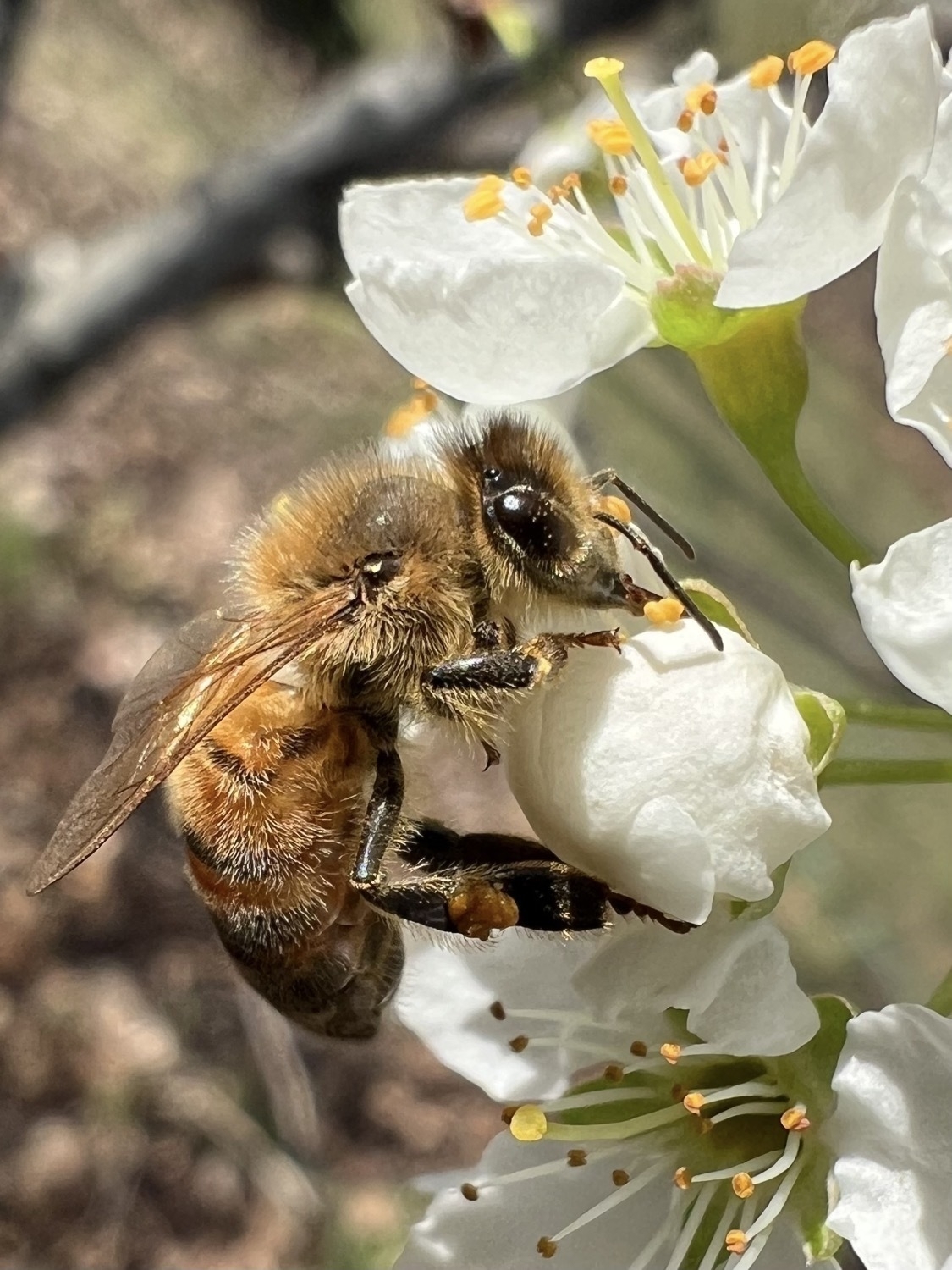
With the recent rain the moss and lichen are looking very lush.
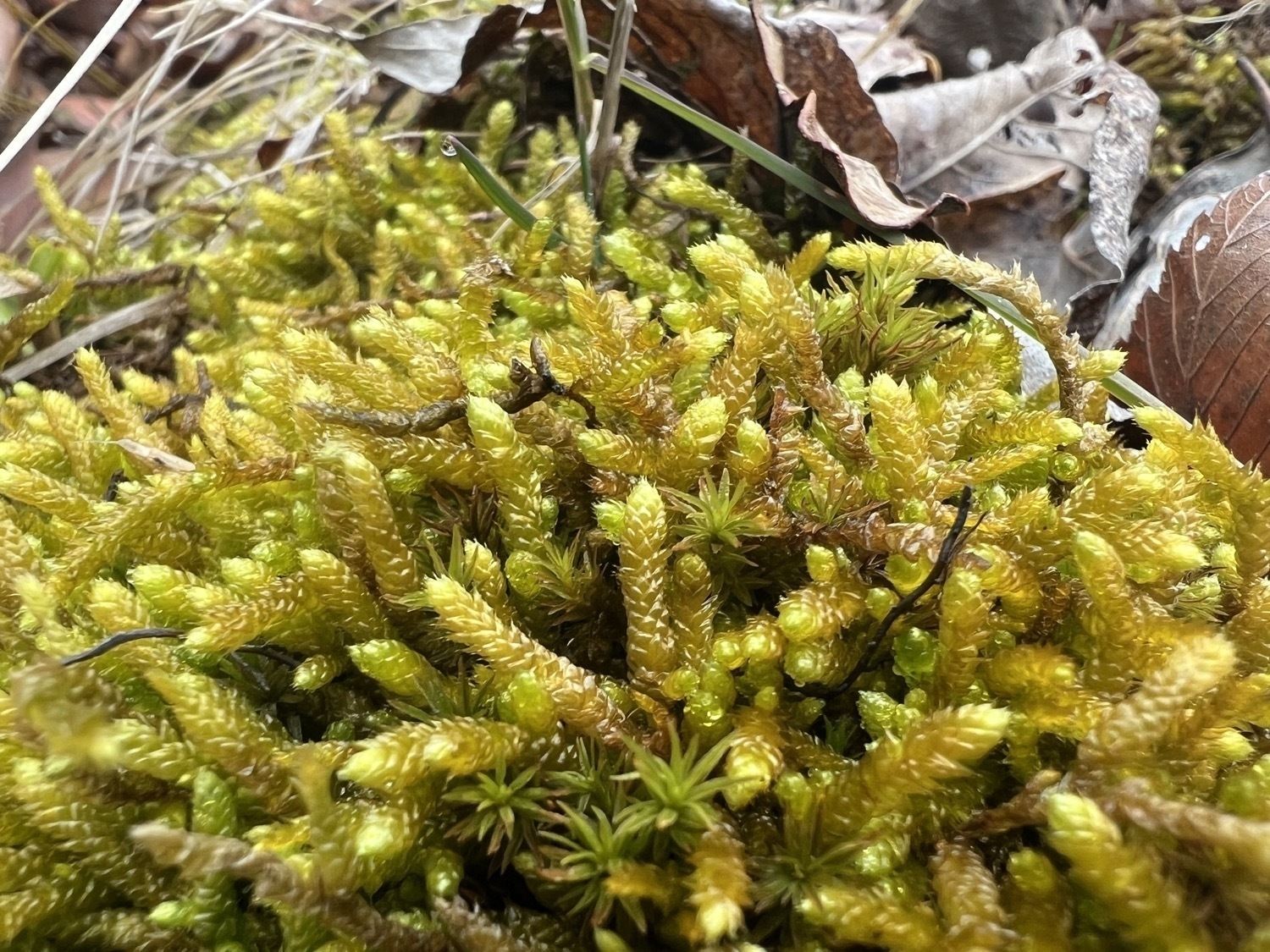
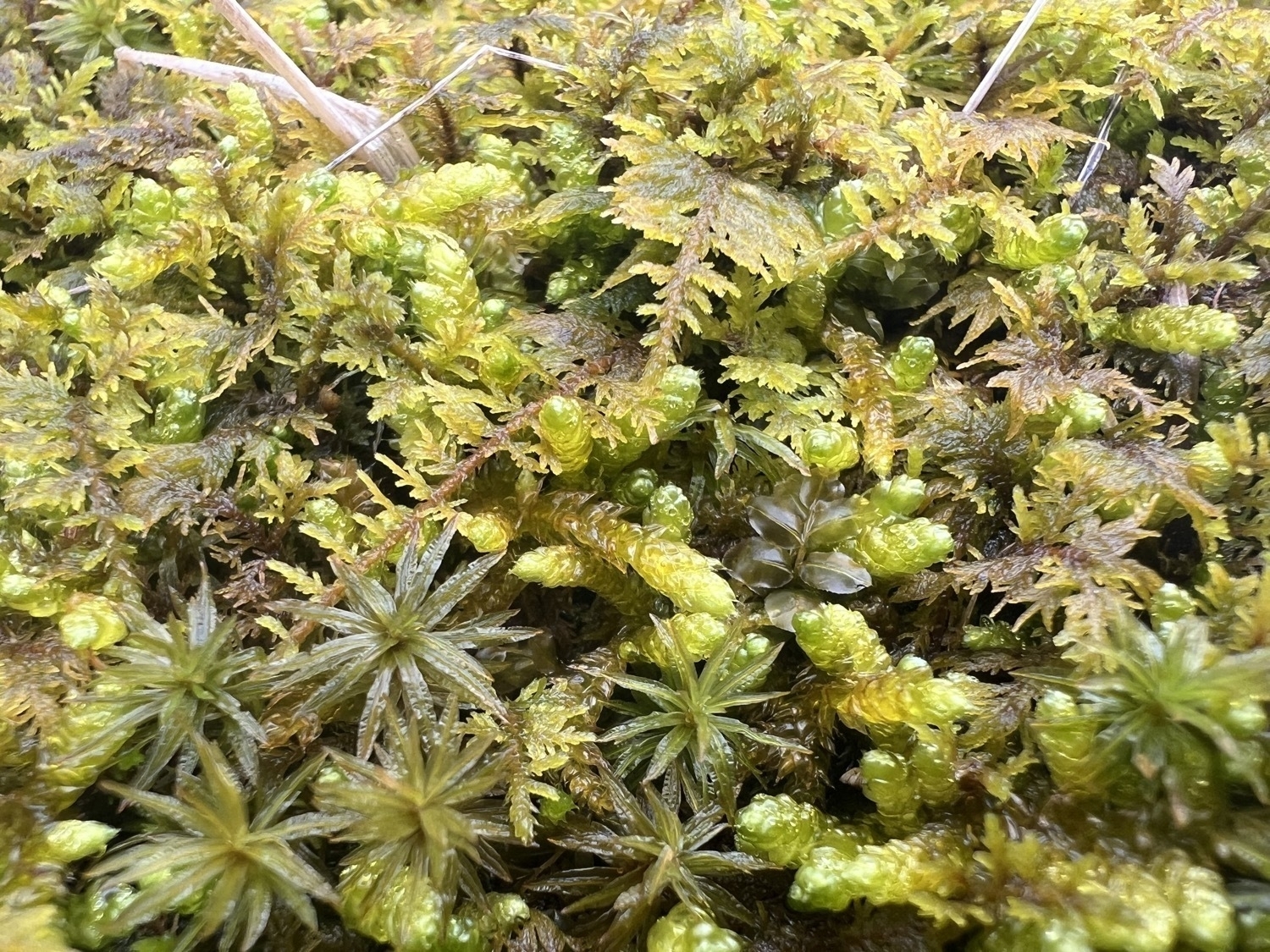
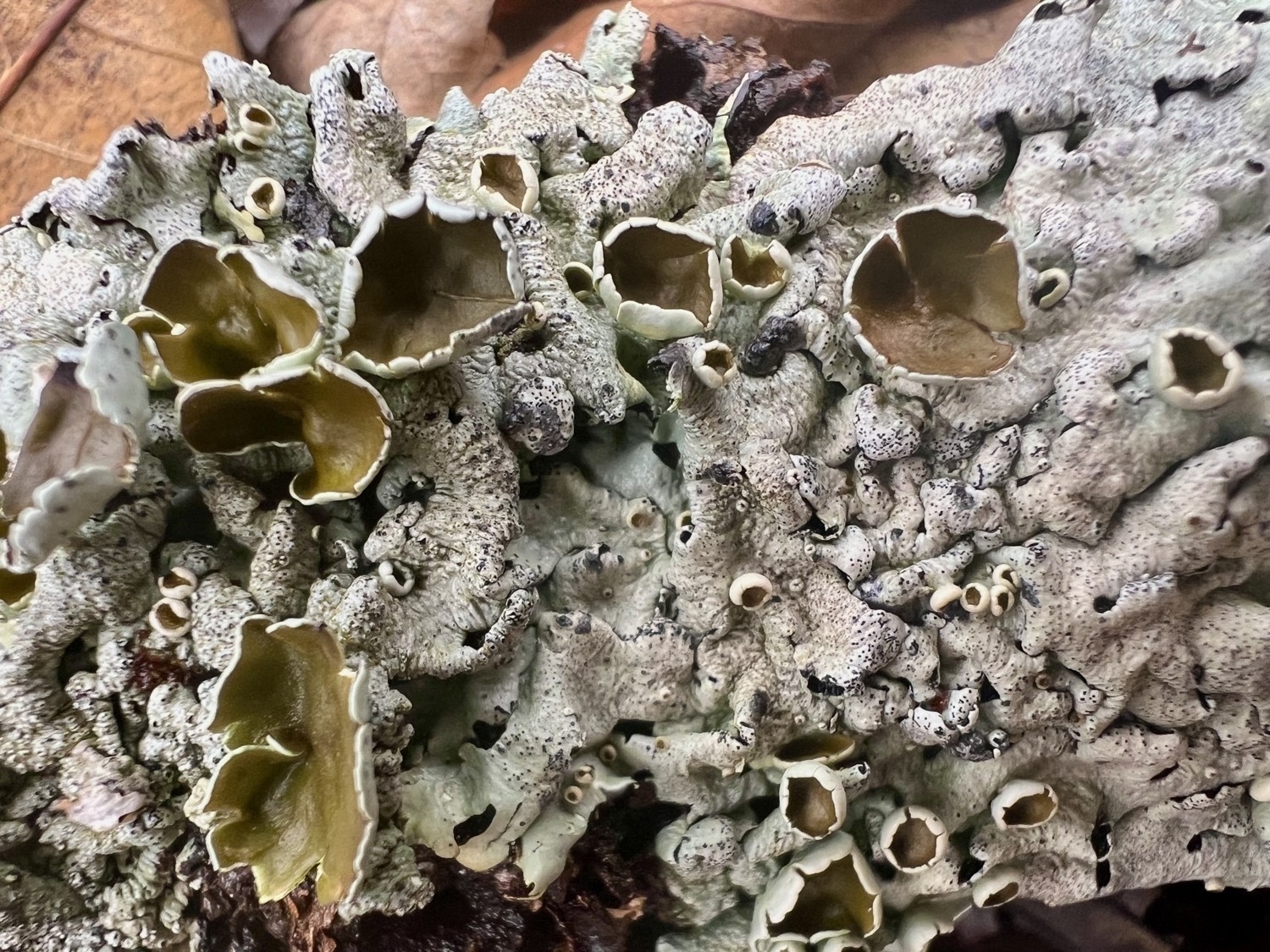
#moss #mosstodon #lichen #lichensubscribe
An interesting patch of moss and lichen near the trail on my morning walk. The lichen appears to be taking over the moss.
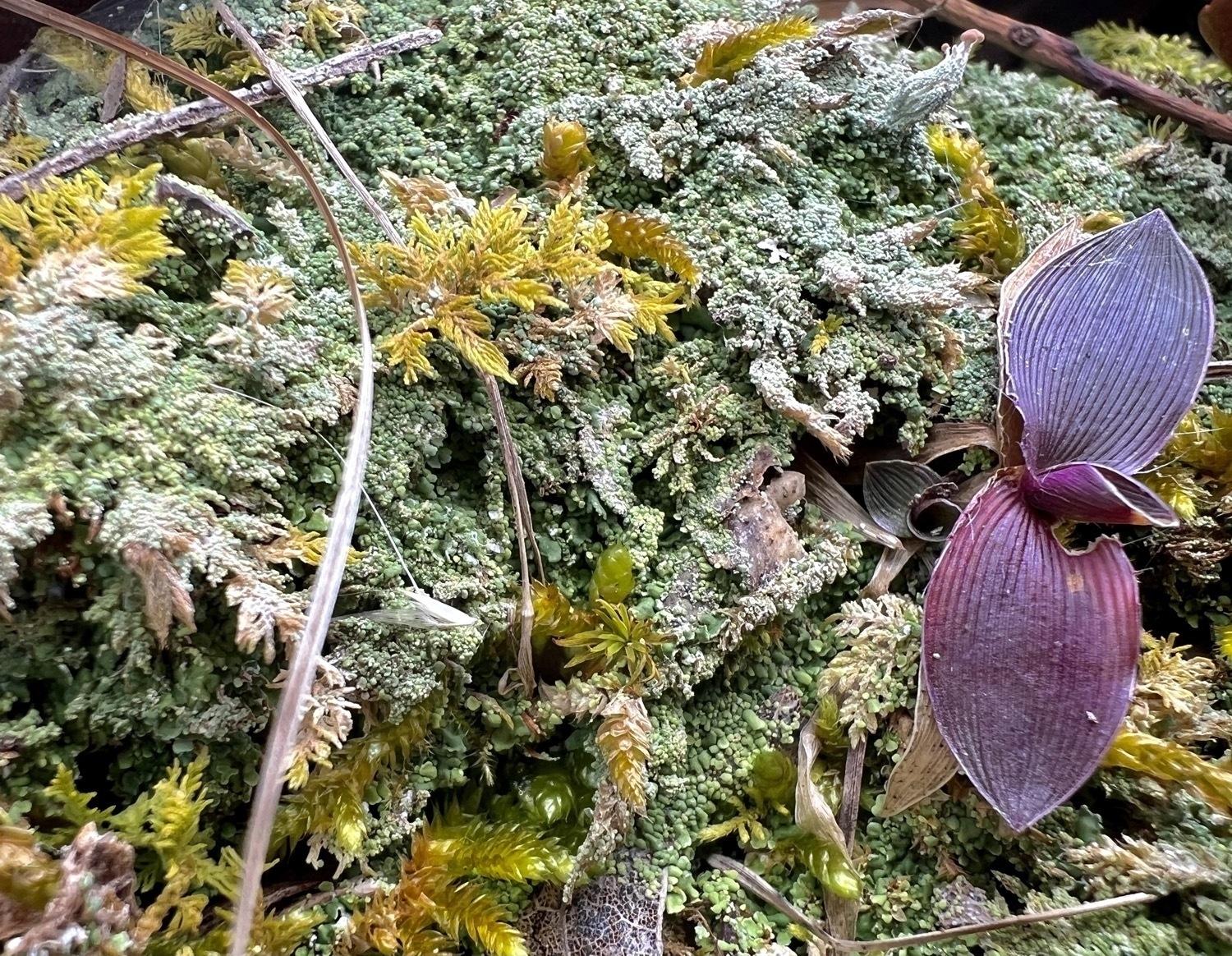
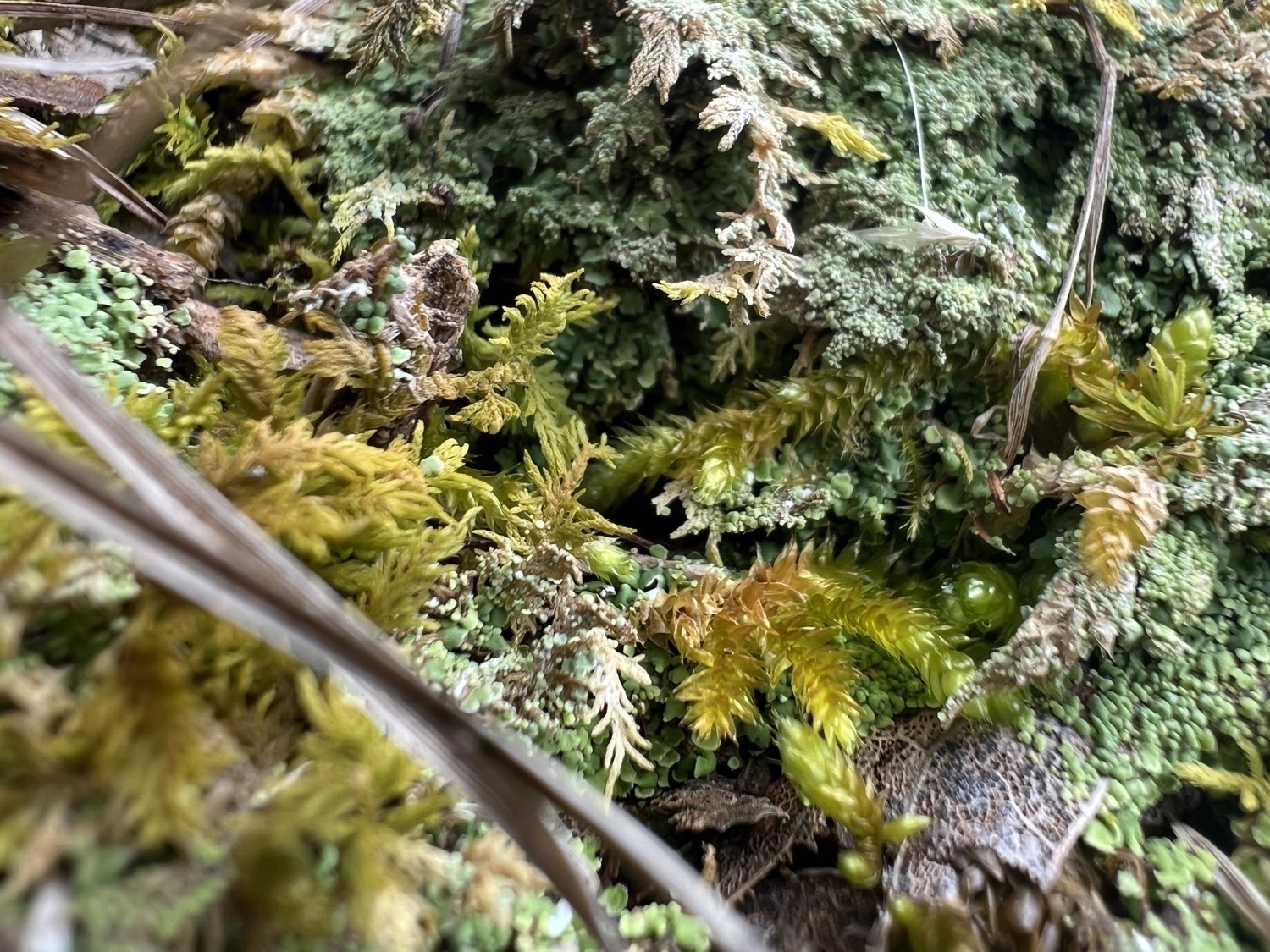
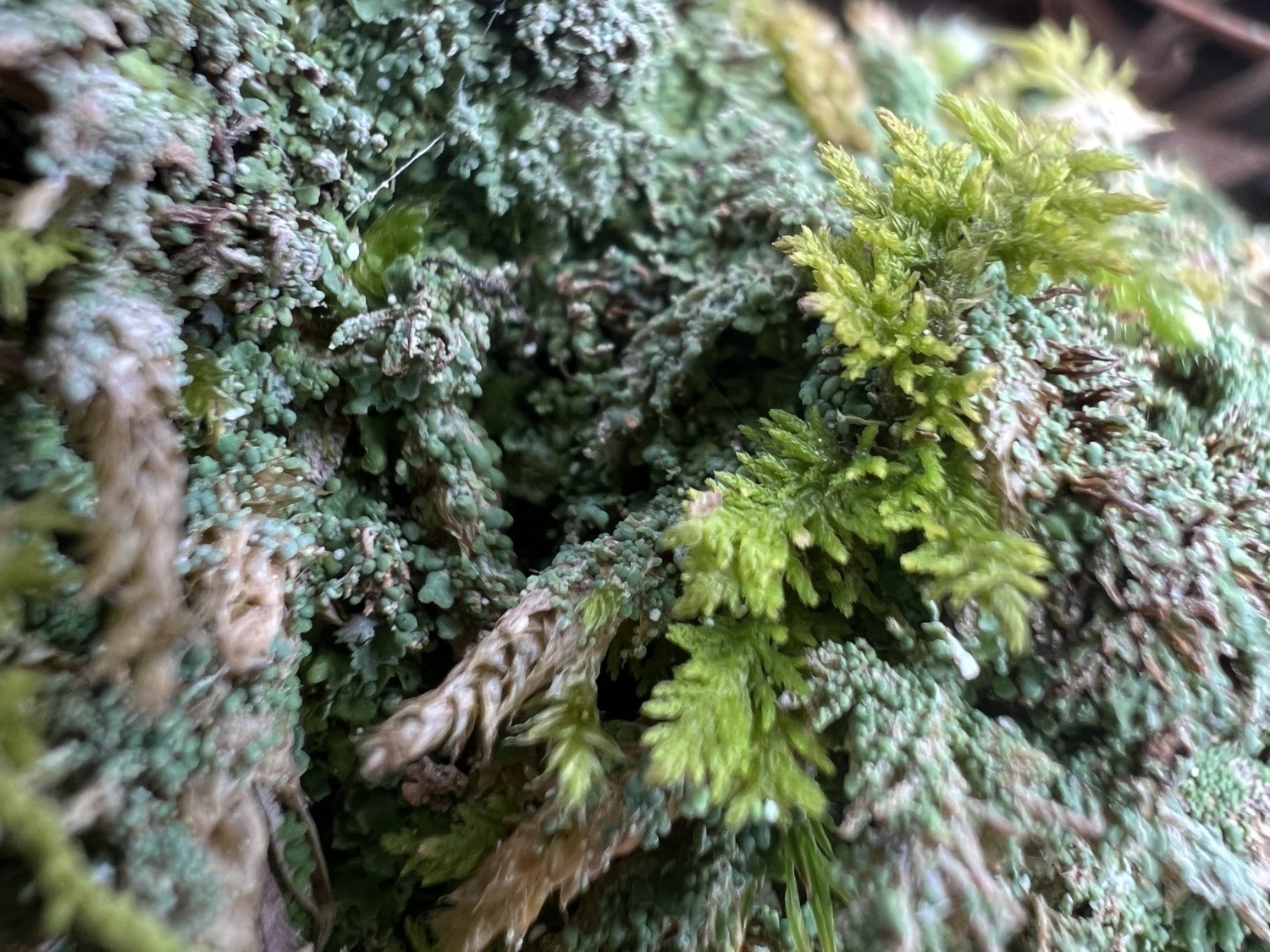
A gall induced by Atrusca quercuscentricola, Spotted oak apple gall wasp. An egg is laid and after hatching the larvae signals the tree which produces a protective gall which contains a nutritious food source. At maturity in late November to early December it cut's a tiny hole and exits the gall.
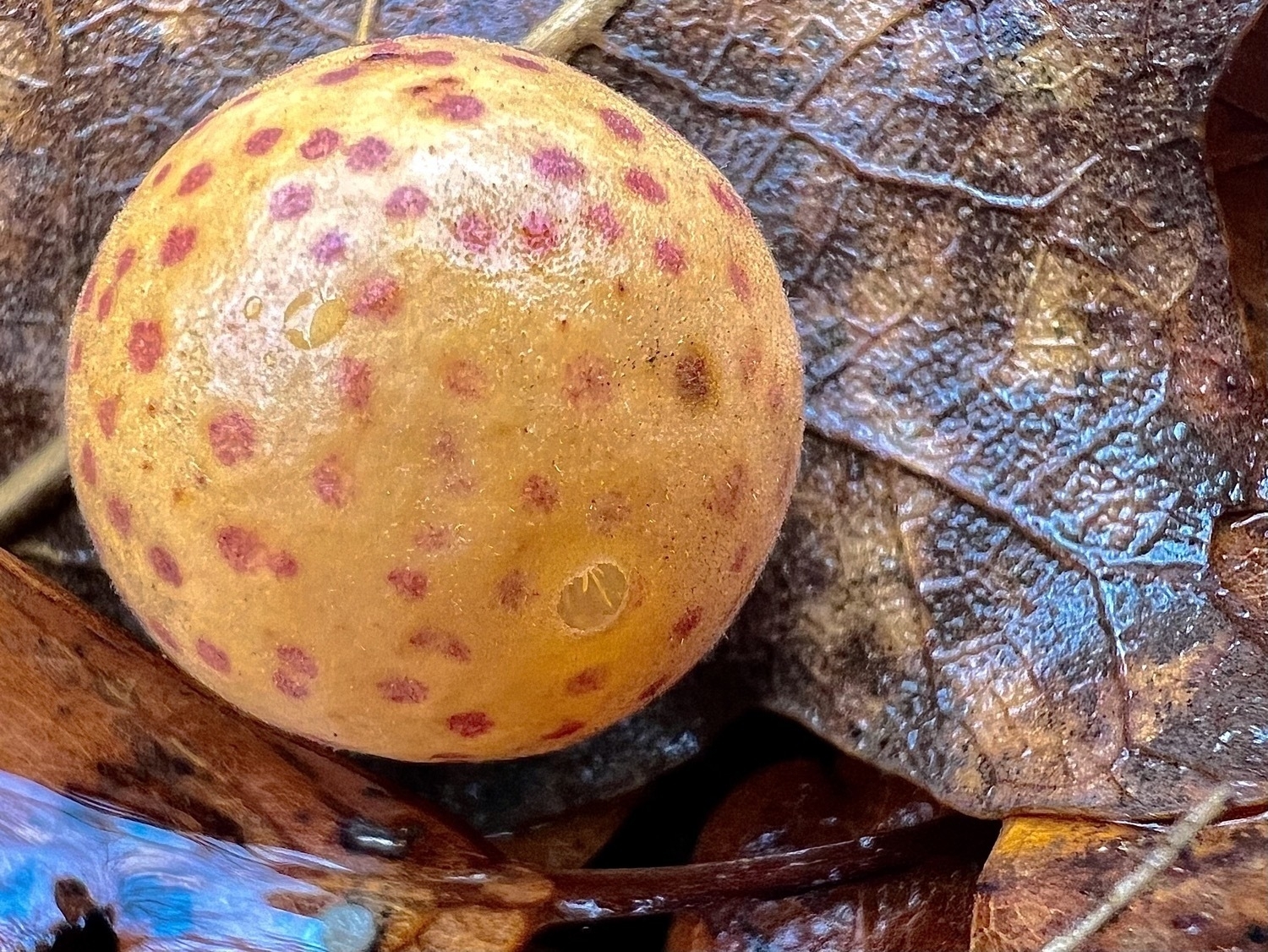
Seen on my morning trail walk. From top to bottom: The gall of a Atrusca quercuscentricola Spotted oak apple gall wasp.
Cladonia portentosa Lichen
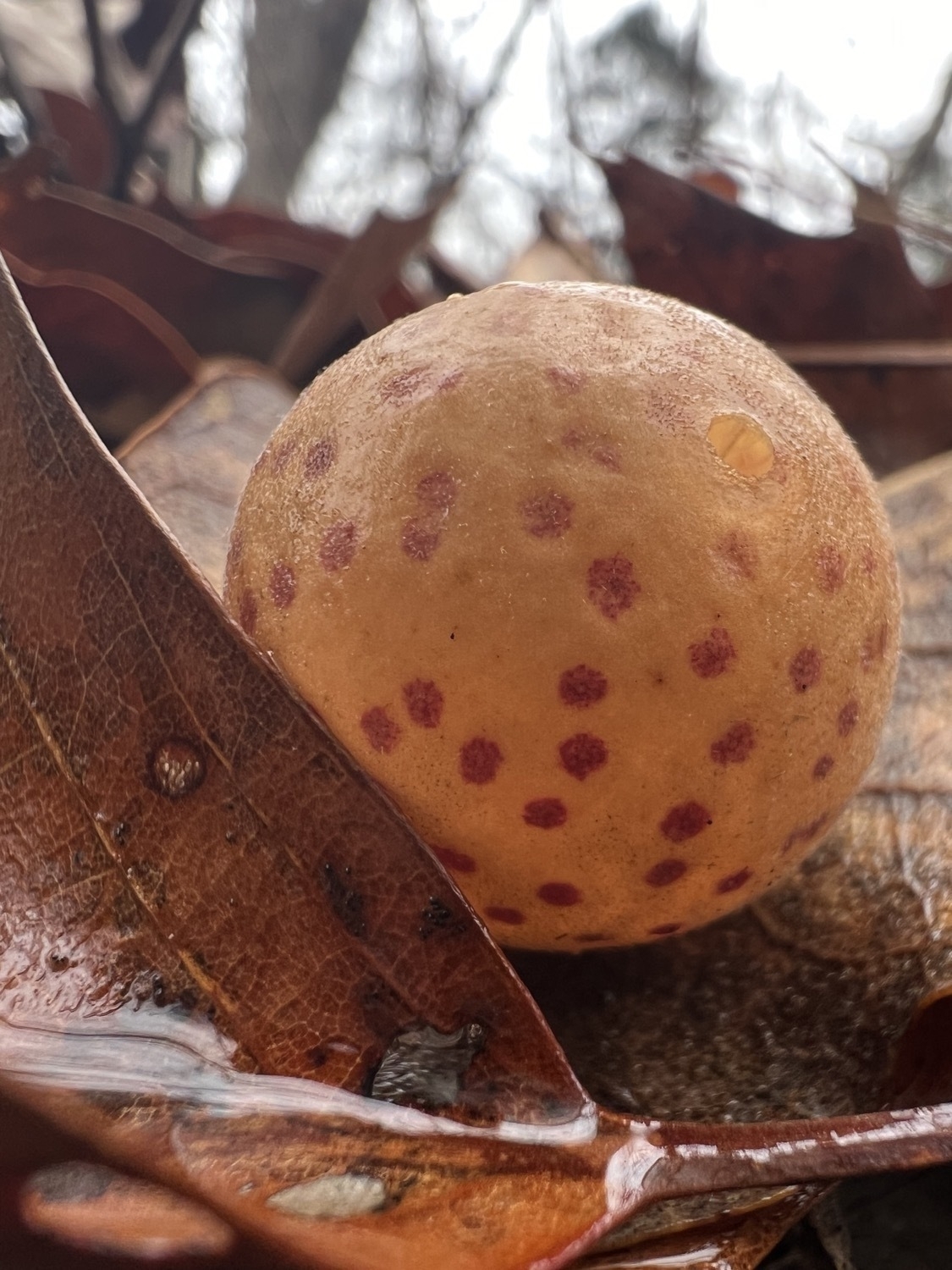
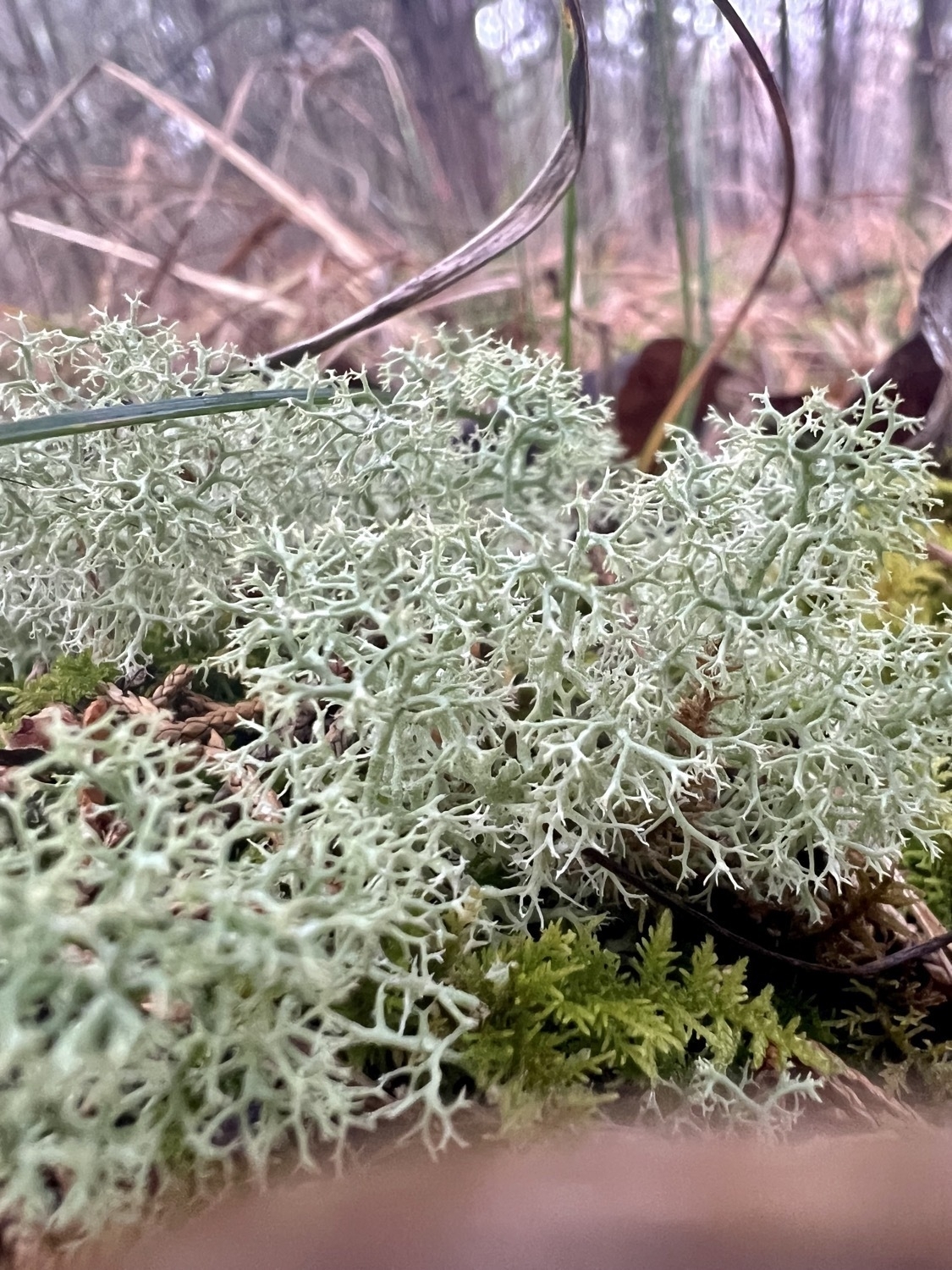
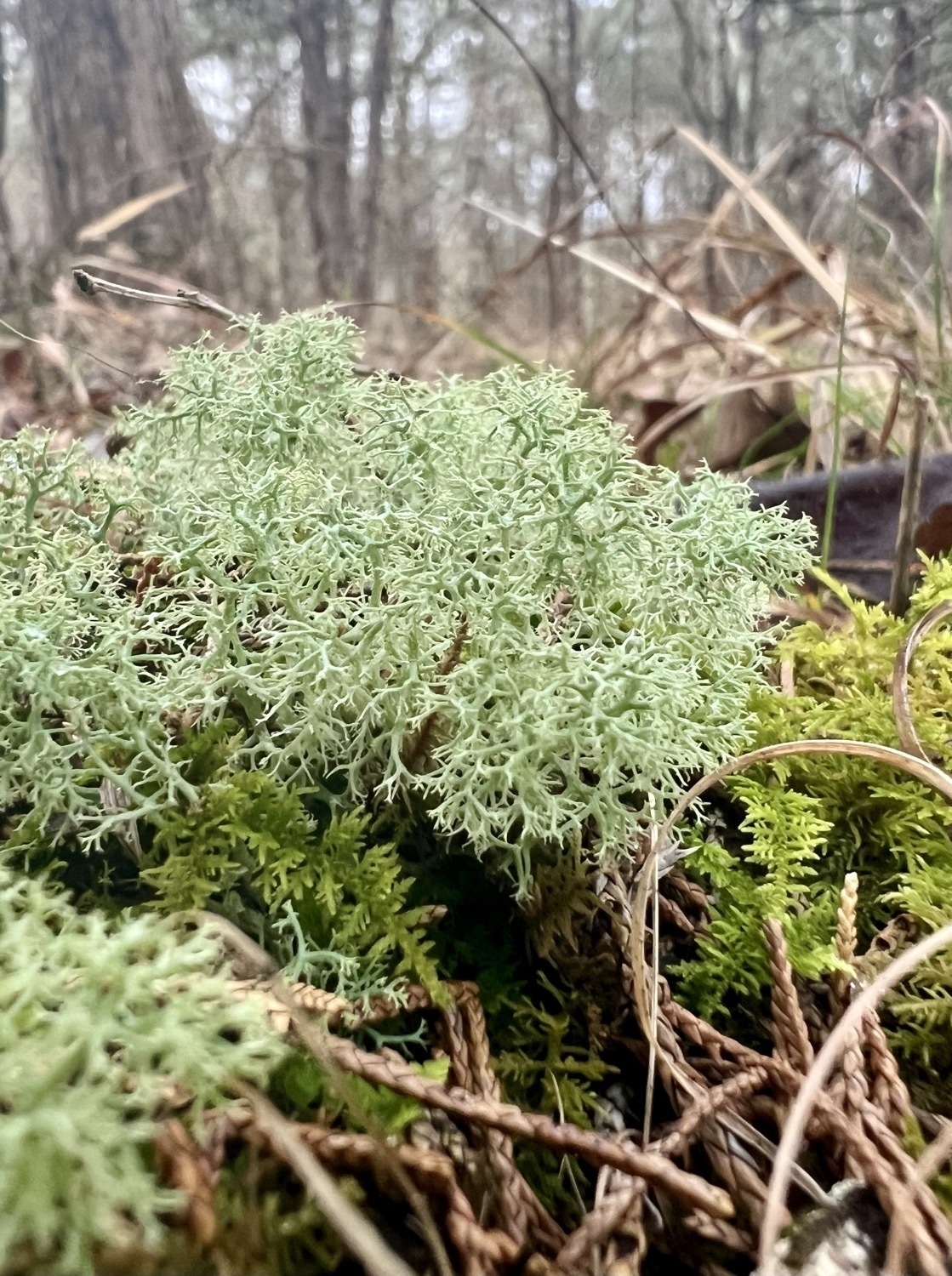
Broom Forkmoss, Dicranum scoparium with a little cedar berry appearance.

Thuidium delicatulum, delicate fern moss or common fern moss.
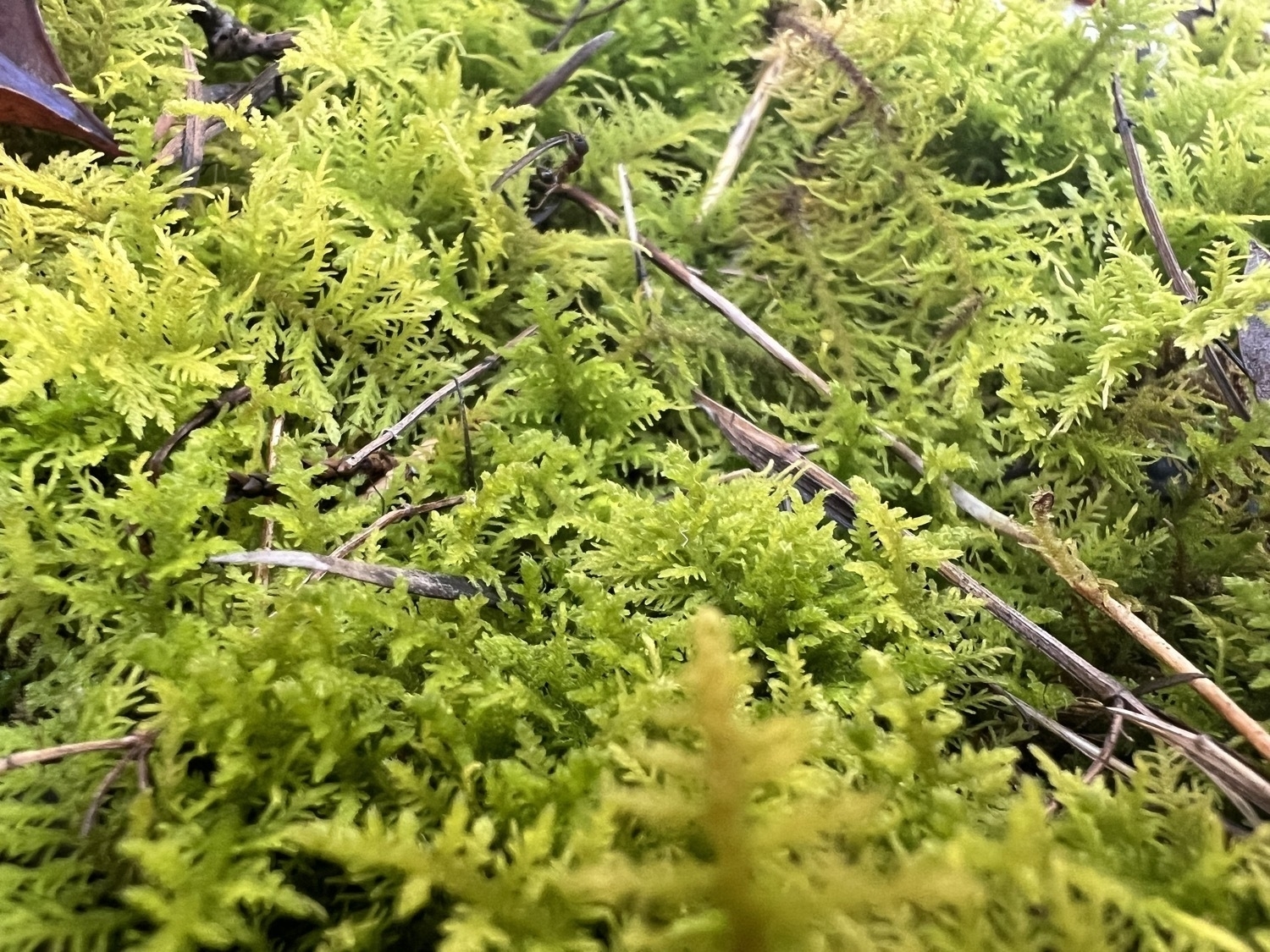
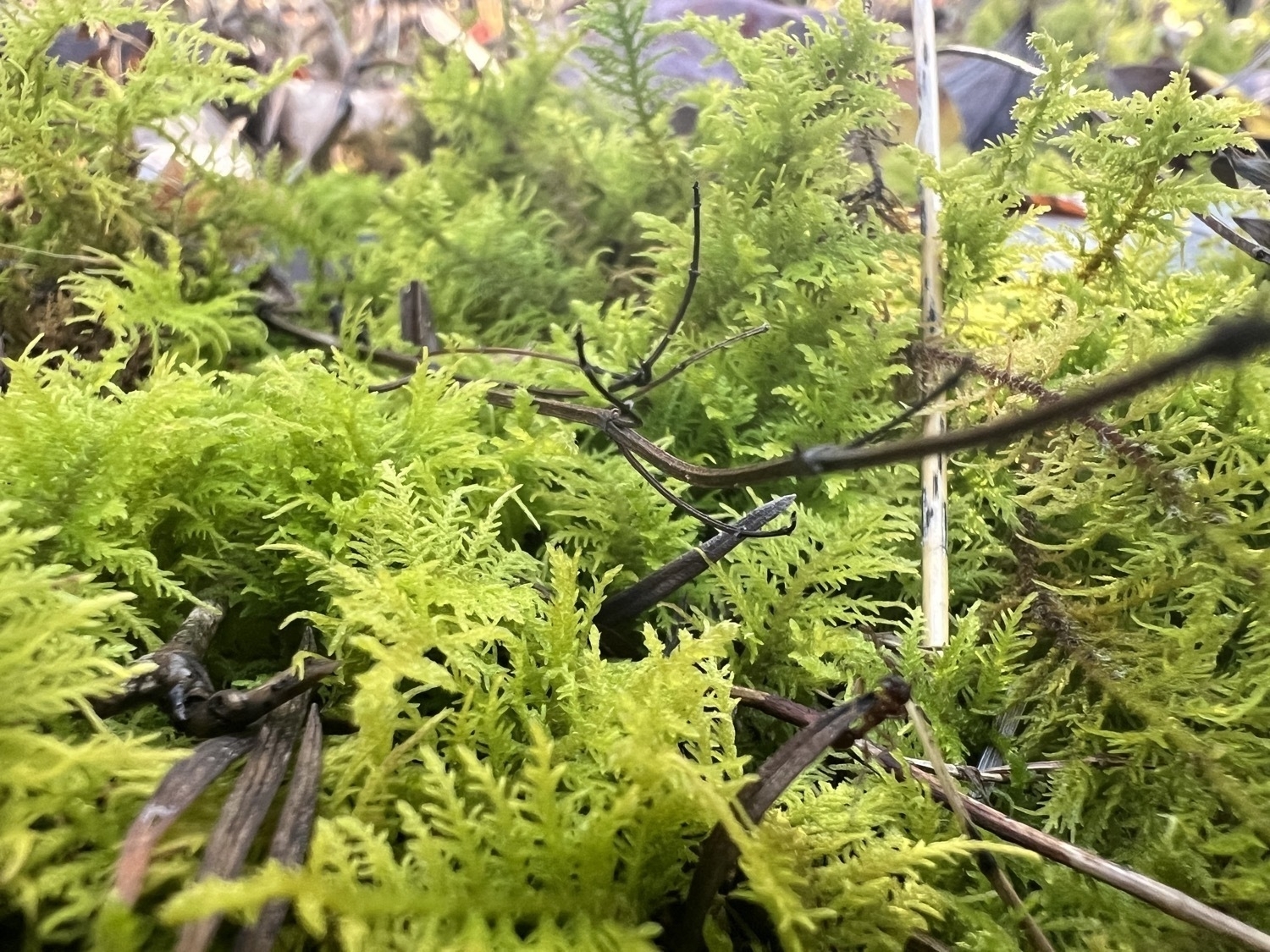
ID uncertain, possibly Entondon cladorrhizans flattened entondon moss

I almost missed this fallen branch covered in Luminescent Panelus, Panellus stipticus. Such a fascinating world if we take the time to see it.
